Huskies Reach for the PEAK, Fall 2020
The Office of Undergraduate Research and Fellowships is very proud to announce the recipients of the PEAK Experiences Awards for fall 2020. These awards provide Northeastern undergraduates with intellectual and financial support for research and creative endeavor projects. Read on to learn more about the extraordinary projects that our office is supporting this semester.
Decisions regarding certain PEAK Awards are still being made; this page will be updated as we have additional news to share.
PEAK Experience Base-Camp Awardees
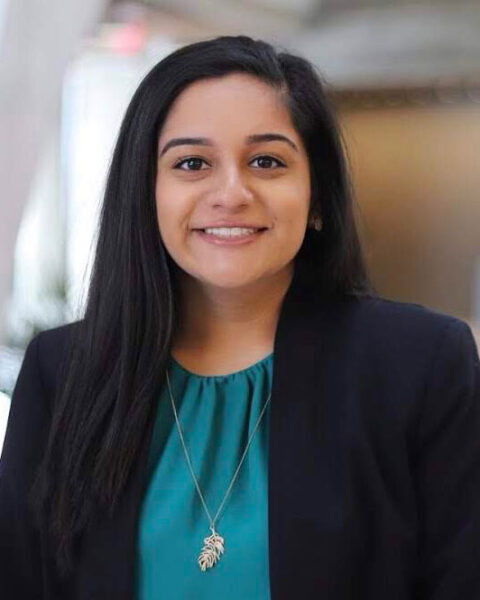 Anisa Amiji, Bouvé’22, “Examining Information-Seeking During COVID-19”
Anisa Amiji, Bouvé’22, “Examining Information-Seeking During COVID-19”
Mentor: Professor Miso Kim, Art + Design
The project’s purpose is to investigate digital information-seeking practices among underserved populations amidst the COVID-19 pandemic by utilizing bi-weekly Qualtrics surveys in a longitudinal study. My role in this project is to compose a literature review and aid in the drafting of a timeline of COVID-19 milestone events.
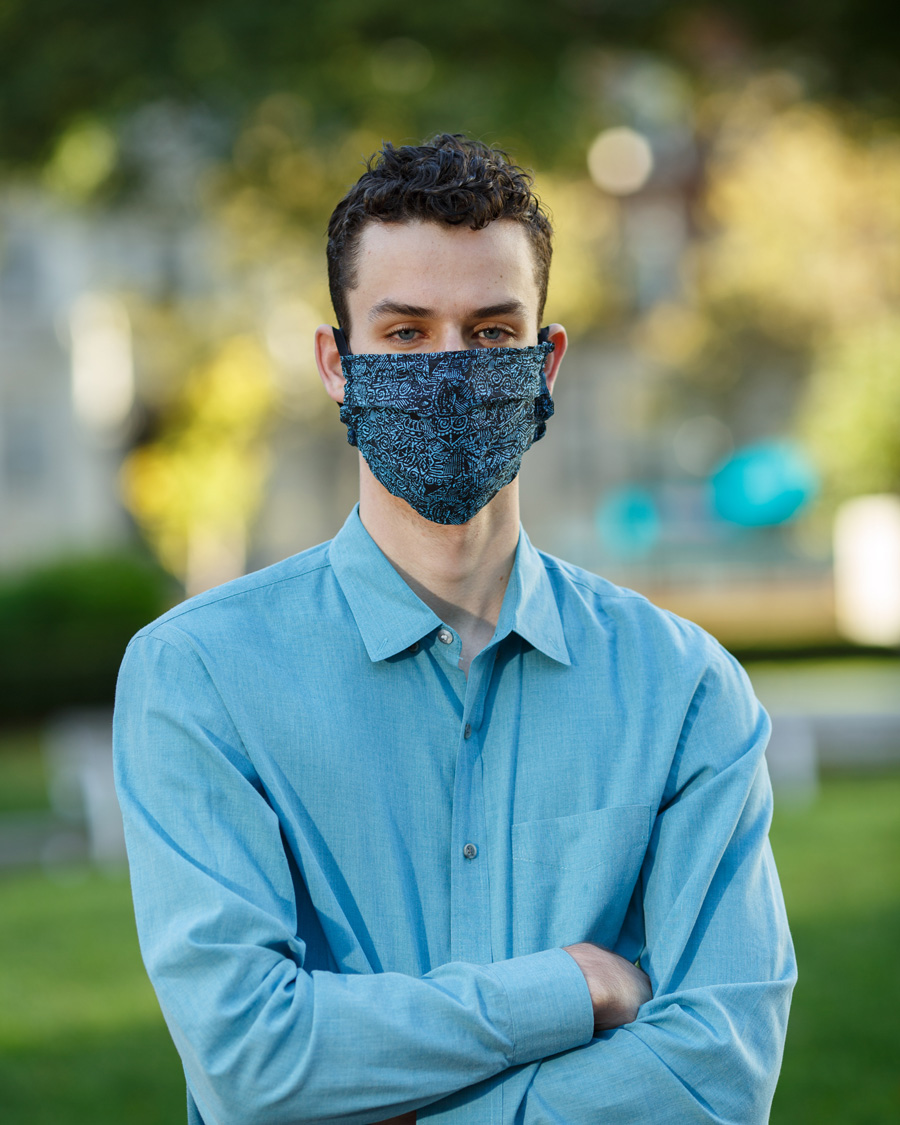
Kevin Dunne, CSSH’21, “COVID-19 and Domestic Violence”
Mentor: Professor Bilge Erten, Economics
I will be working with Professors Erten and Prina to study the effects of COVID-19 shelter-in-place orders on the prevalence of domestic violence in the United States.
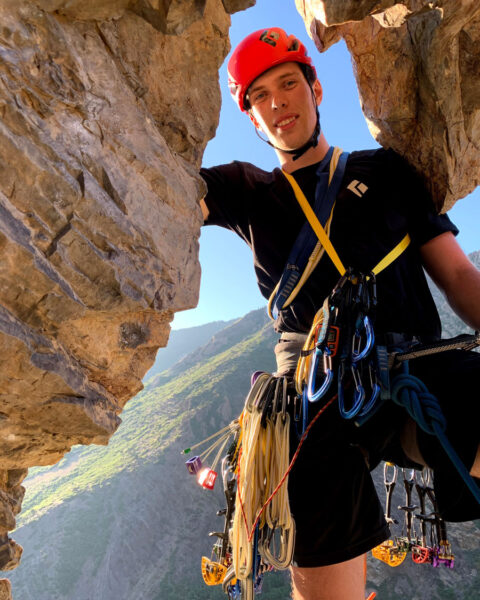 Aidan Gould, COE’22, “Computational Fluid Dynamics of Ocean Transport with Machine Learning”
Aidan Gould, COE’22, “Computational Fluid Dynamics of Ocean Transport with Machine Learning”
Mentor: Professor Michael Allshouse, Mechanical and Industrial Engineering
A machine learning AI system, already under development at Northeastern, could be addapted to better understand ocean currents. After modification and validation of the tool, it could provide a new way to analyse ocean data which gives insight into how ocean currents transport sea water and objects within it.
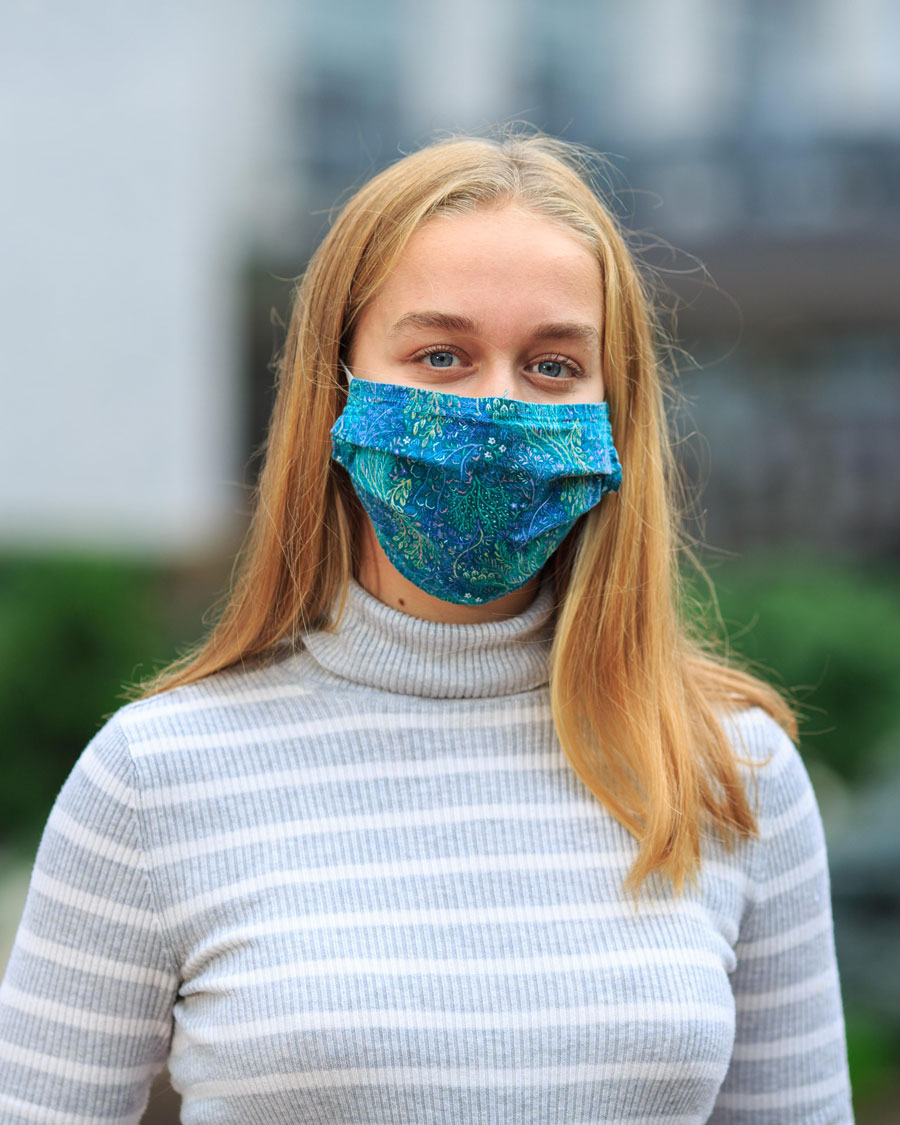 Cate Henning, Bouvé’23, “Drug-Induced Homicides: The Solution or the Problem?”
Cate Henning, Bouvé’23, “Drug-Induced Homicides: The Solution or the Problem?”
Mentor: Professor Leo Beletsky, Health Sciences
I will analyze a dataset of drug induced homicide (DIH) prosecutions and research changes in DIH policies in order to better understand the relationship between public health policy and drug overdoses and whether or not past DIH laws have successfully reduced the number of drug overdoses in the United States.
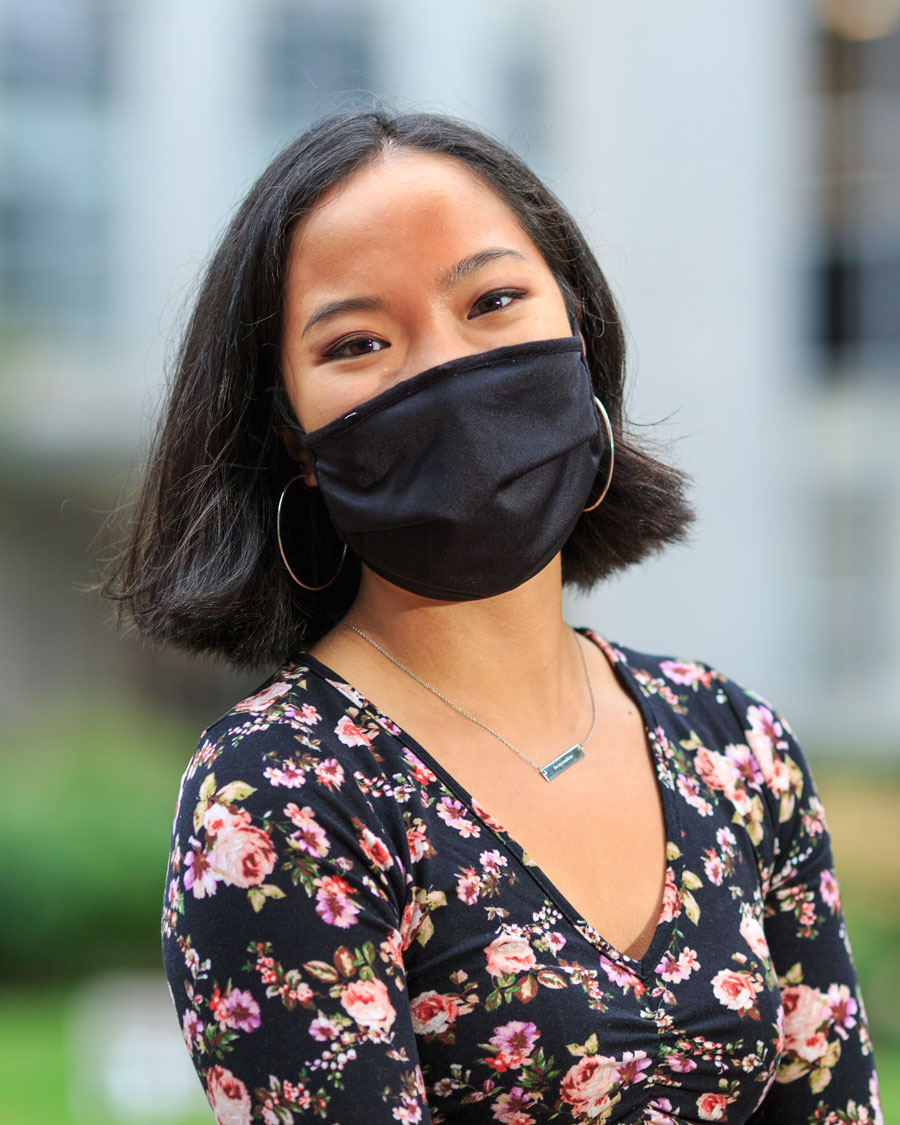 Jade Law, Bouvé’24, “Genes of Interest and their Interactions with BfmRS in Acinetobacter baumannii”
Jade Law, Bouvé’24, “Genes of Interest and their Interactions with BfmRS in Acinetobacter baumannii”
Mentor: Professor Edward Geisinger, Biology
Acinetobacter baumannii is a bacterium that often infects immunocompromised people. There are currently few therapeutic options to treat this bacterium. I will be looking at a regulatory region that compensates for environmental stress by increasing the production of virulence genes. Using transposon insertion sequencing and targeted knockouts, I will observe how this global regulator interacts with genes in A. baumannii. Mapping these genetic interactions and presenting them to fellow researchers may lead to the discovery of novel treatment methods for A. baumannii.
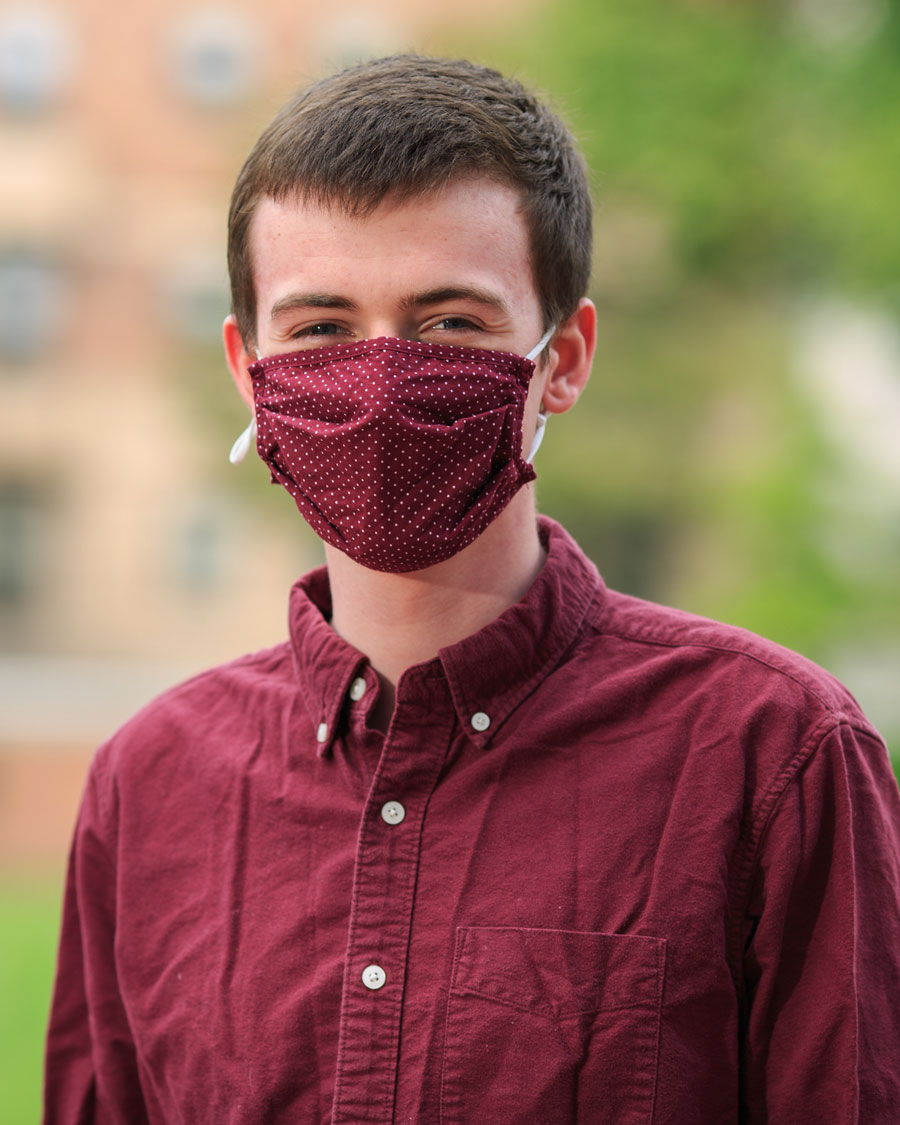 Tyler Locke, COS’23, “Comparative Modelling of Pulmonary Surfactant Protein B”
Tyler Locke, COS’23, “Comparative Modelling of Pulmonary Surfactant Protein B”
Mentor: Professor Mona Minkara, Bioengineering
Pulmonary Surfactant is a complex lipid-protein system which is critical to proper lung function. Non-functioning or insufficient surfactant is a major factor in Respiratory Distress syndrome, a serious breathing disorder. Understanding the structure and function of the individual components of this system is key to understanding the system as a whole and developing effective treatments for lung diseases. Despite this, we still do not have an experimentally determined structure for surfactant protein B, a critical surfactant protein component. This project will use comparative modelling to construct a predicitive model of Surfactant Protein B for the purpose of further surfactant study.
 Fionnuir Ni Chochlain, Khoury’25, “Intern Work with the Public Health Law Watch”
Fionnuir Ni Chochlain, Khoury’25, “Intern Work with the Public Health Law Watch”
Mentor: Professor Jennifer Huer, Health Sciences
I plan to work with the Public Health Law Watch, a project of the Center for Health Policy and Research, to help reinvigorate their website in order to highlight their priorities, namely team members and projects, and to contribute input on law reports and briefings.
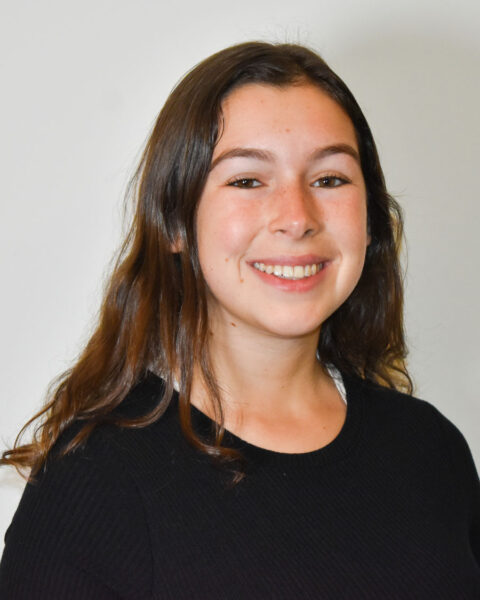 Gal Nissan, Bouvé’22, “The Longitudinal Effects of Body Image Concerns on Health Outcomes”
Gal Nissan, Bouvé’22, “The Longitudinal Effects of Body Image Concerns on Health Outcomes”
Mentor: Professor Rachel Rodgers, Psychology
Body image concerns are highly prevalent and associated with significant impairment. To date, the extant data examining the longitudinal impact of body image concerns on health outcomes has not been summarized. The aim of this project is therefore to examine the longitudinal associations between body image constructs and various psychological and behavioral health outcomes. A pool of studies has been identified as meeting inclusion criteria and will now be finalized before undergoing data extraction. We anticipate the outcomes, to be shared at RISE, will show that body image concerns have a wide range of physical and emotional effects on health.
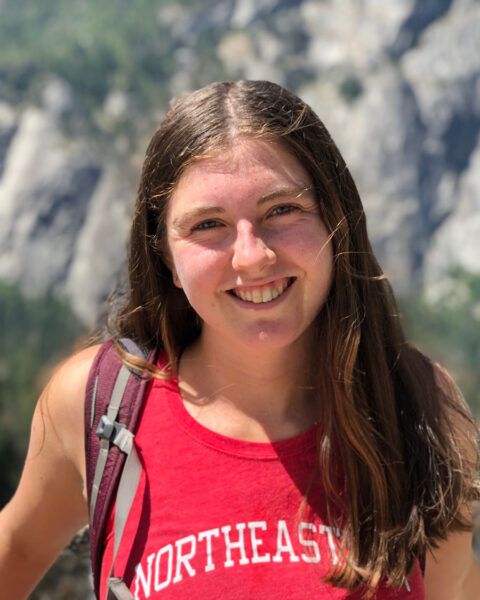 Maya Rabow, COS’23, “Crisis Responses in Early Childhood Mental Health during COVID-19: The Importance of Systems-Building”
Maya Rabow, COS’23, “Crisis Responses in Early Childhood Mental Health during COVID-19: The Importance of Systems-Building”
Mentor: Professor Beth Molnar, Health Sciences
Using key informant interviews and focus group data, I’ll explore how an early childhood mental health systems-building grant played a critical role in mobilizing rapid response to community needs during the COVID-19 pandemic in two Massachusetts communities. I’ll conduct a literature review and help produce a brief-report manuscript for publication.
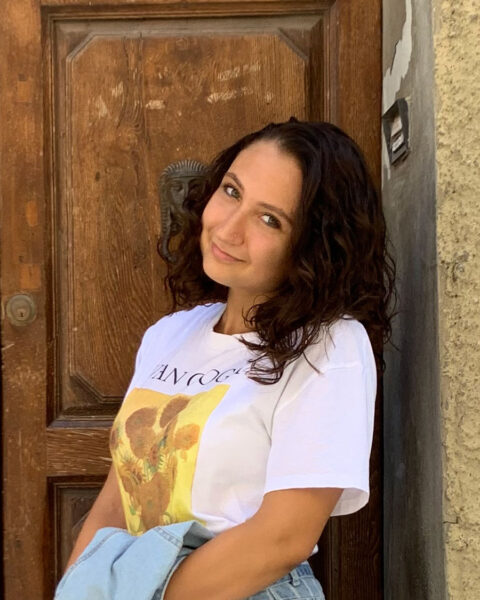 Zeynep Tuncer, DMSB’23, “Corporate Announcements for Modern Slavery”
Zeynep Tuncer, DMSB’23, “Corporate Announcements for Modern Slavery”
Mentor: Professor Shawn Bhimani, Supply Chain Management
I hope to find the discrepancies between government-mandated policies and company-issued propositions with regard to forced labor in the supply chain of high-value corporations in the U.S. to ensure “modern slavery” in the workplace becomes a thing of the past.
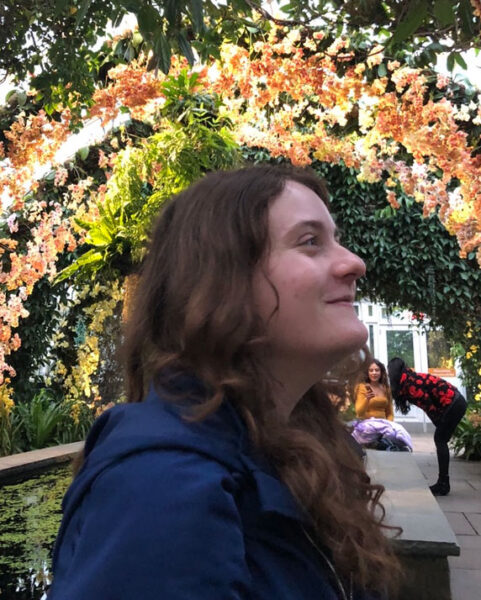 Lily Weber, COS’23, “A Community in Crisis: r/premed”
Lily Weber, COS’23, “A Community in Crisis: r/premed”
Mentor: Professor Mya Poe, English
I aim to conduct a qualitative study of medical students in on online community. My research interest is in understanding how medical students are navigating the pressures of medical education during the COVID-19 pandemic. I hope to learn more about qualitative research design, including interview and artifact analysis.
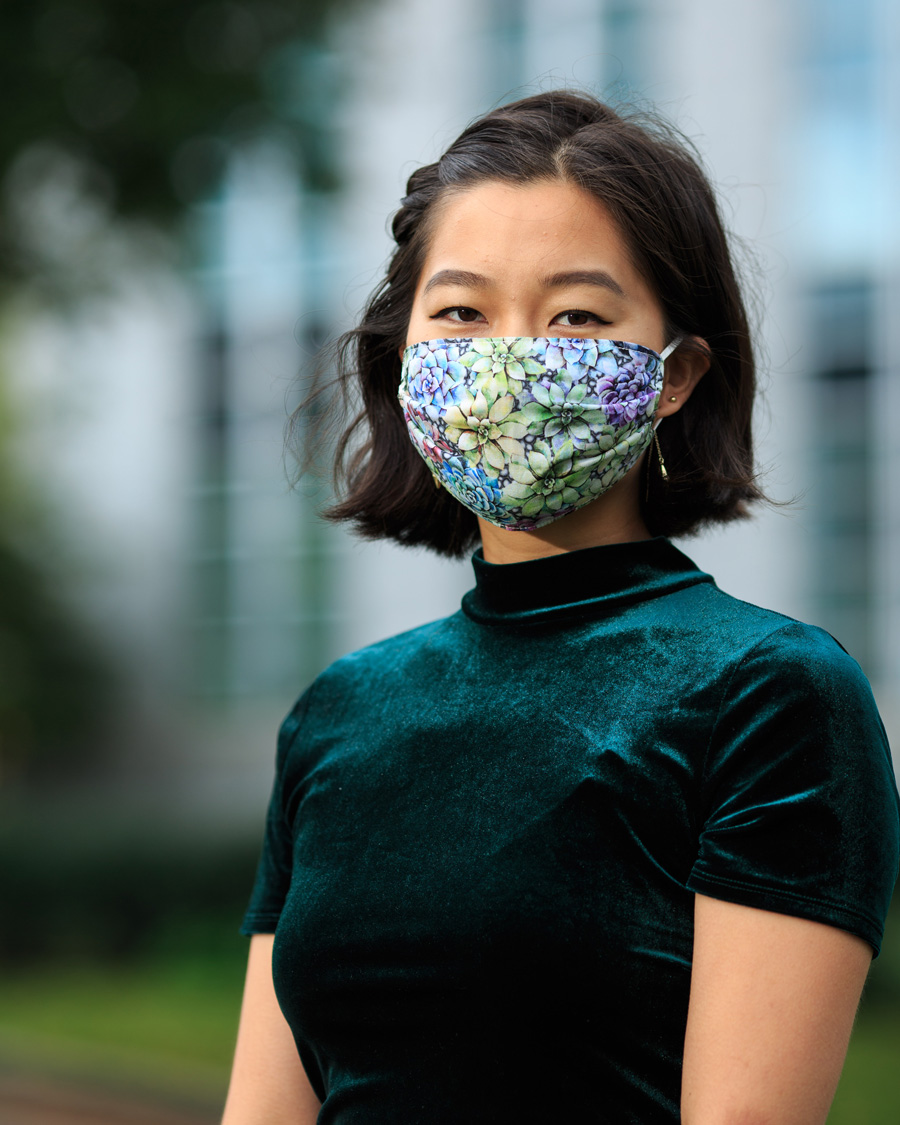 Jocelyn Zhu, COE’22, “Disrupting Human Trafficking Supply Networks via Needs Matching and Capacity Expansion”
Jocelyn Zhu, COE’22, “Disrupting Human Trafficking Supply Networks via Needs Matching and Capacity Expansion”
Mentor: Professor Kayse Maass, Mechanical & Industrial Engineering
My research will be using human-centered data to map and model the NYC homeless shelter system. Using this model, I will advise expansion of shelter capacity to meet the various needs of homeless youth, making them less likely to fall prey to human trafficking networks.
PEAK Experiences Ascent Awardees
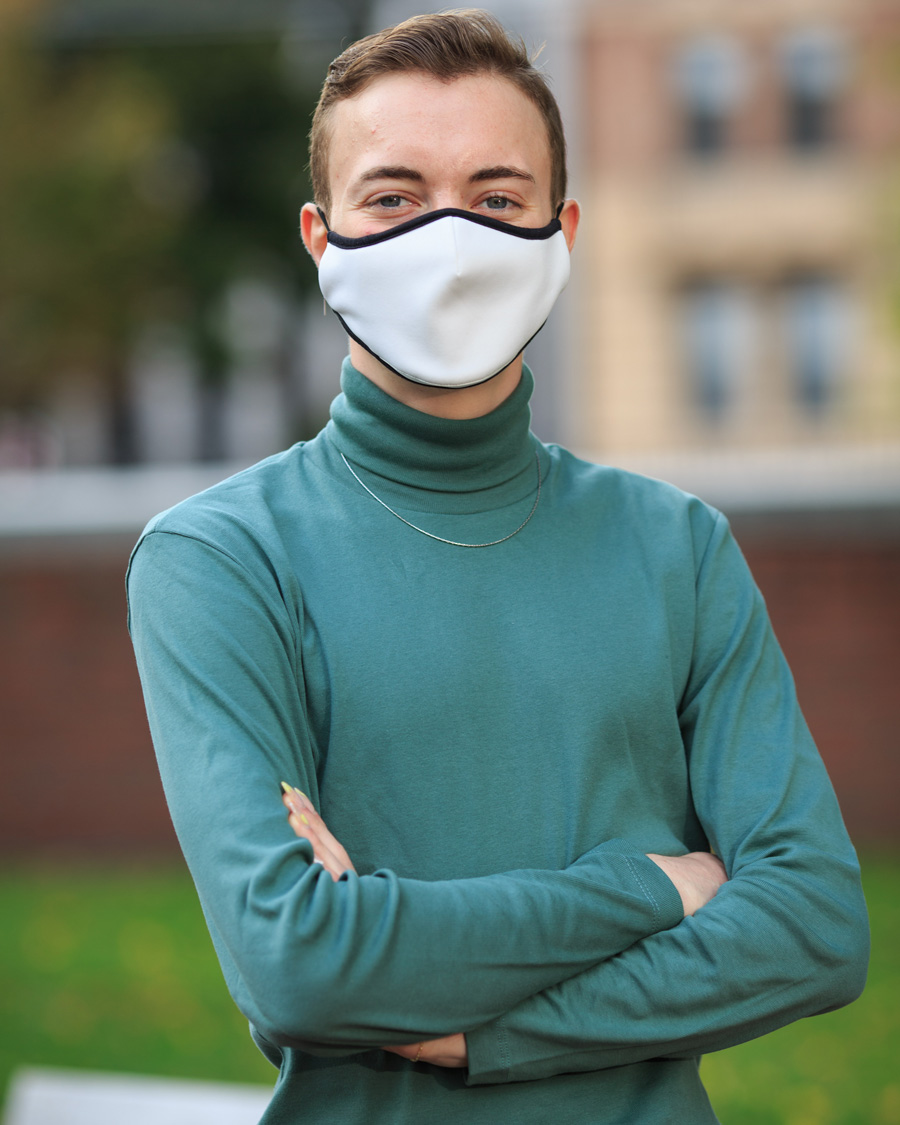 Cullen Bober, Bouvé’21, “Exploring DIH Charges and Carceral Budgets”
Cullen Bober, Bouvé’21, “Exploring DIH Charges and Carceral Budgets”
Mentor: Professor Leo Beletsky, Health Sciences
This project seeks to explore the relationship, if any, between a locality’s prevalence of drug-induced homicide charges and the locality’s operating budget, focusing specifically on carceral versus health and support spending. DIH charges are increasingly being used and public attention has recently turned to how governments are spending their money. I will be collecting data on individual DIH charges and government budgets where DIH charges are occuring most and least frequently. I will then compare the relationships between the two with graphs and visuals. Finally, I will discuss the relationships and what their policy implications may be.
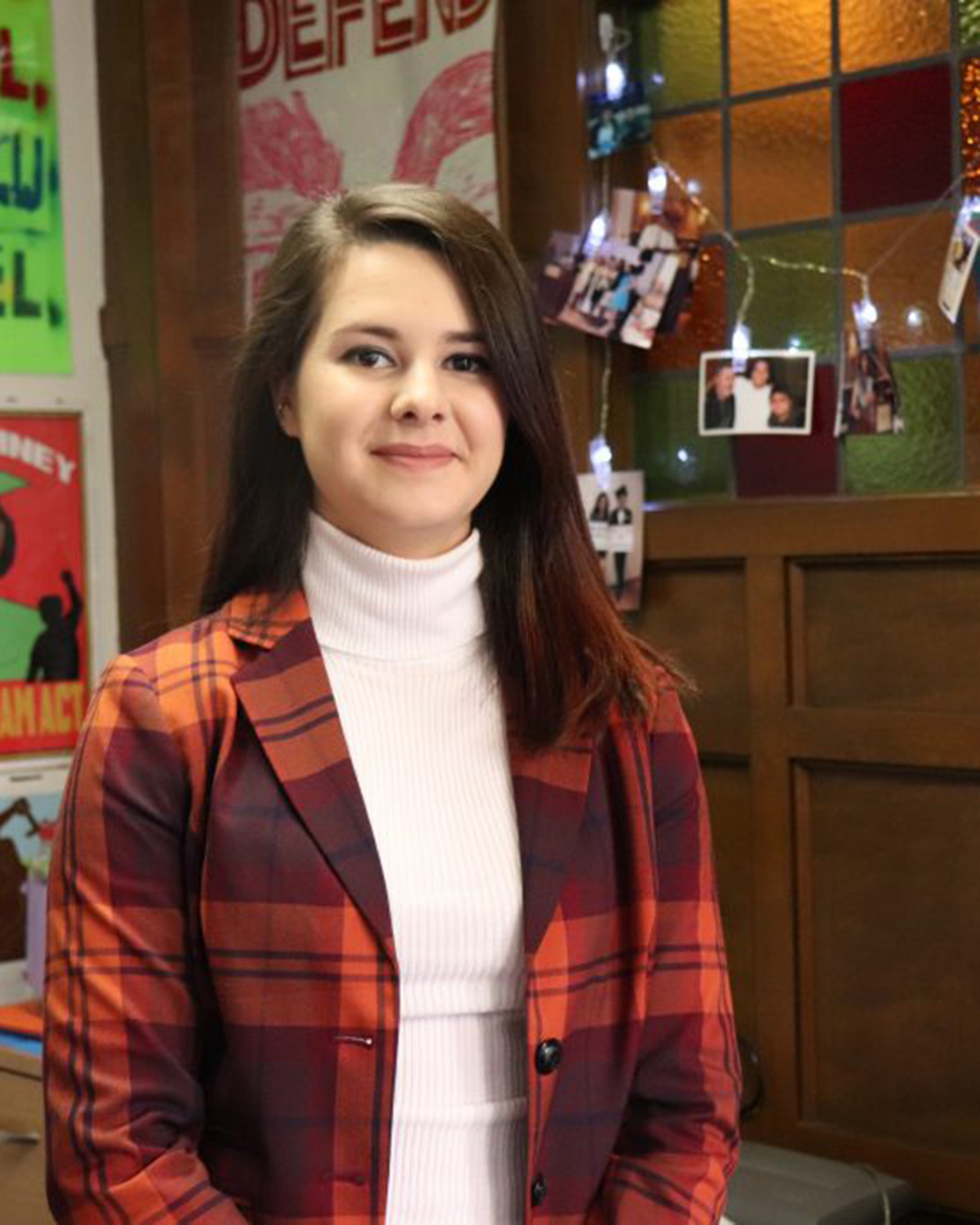 Valeria Do Vale, CSSH’21, “Immigrants’ Healthcare Access Under Shifting Public Policies”
Valeria Do Vale, CSSH’21, “Immigrants’ Healthcare Access Under Shifting Public Policies”
Mentor: Professor Tiffany Joseph, Sociology and Anthropology
I will be working on Professor Tiffany Joseph’s project “Immigrants’ Healthcare Access under Shifting Public Policies.” Professor Joseph interviewed 207 Boston Latinx immigrants, healthcare providers, and immigrant and healthcare advocates. Previously, I assisted Professor Joseph in coding and analyzing the Latinx immigrant interviews using NVivo qualitative software. I noticed that immigrants described having both positive and negative experiences accessing care, but often were not aware of shifting policies affecting their healthcare experiences. This fall, I aim to further explore these impacts by analyzing interviews conducted with immigrant and health advocates. I will be comparing and presenting the findings from immigrant interviews with those of advocates at the RISE event.
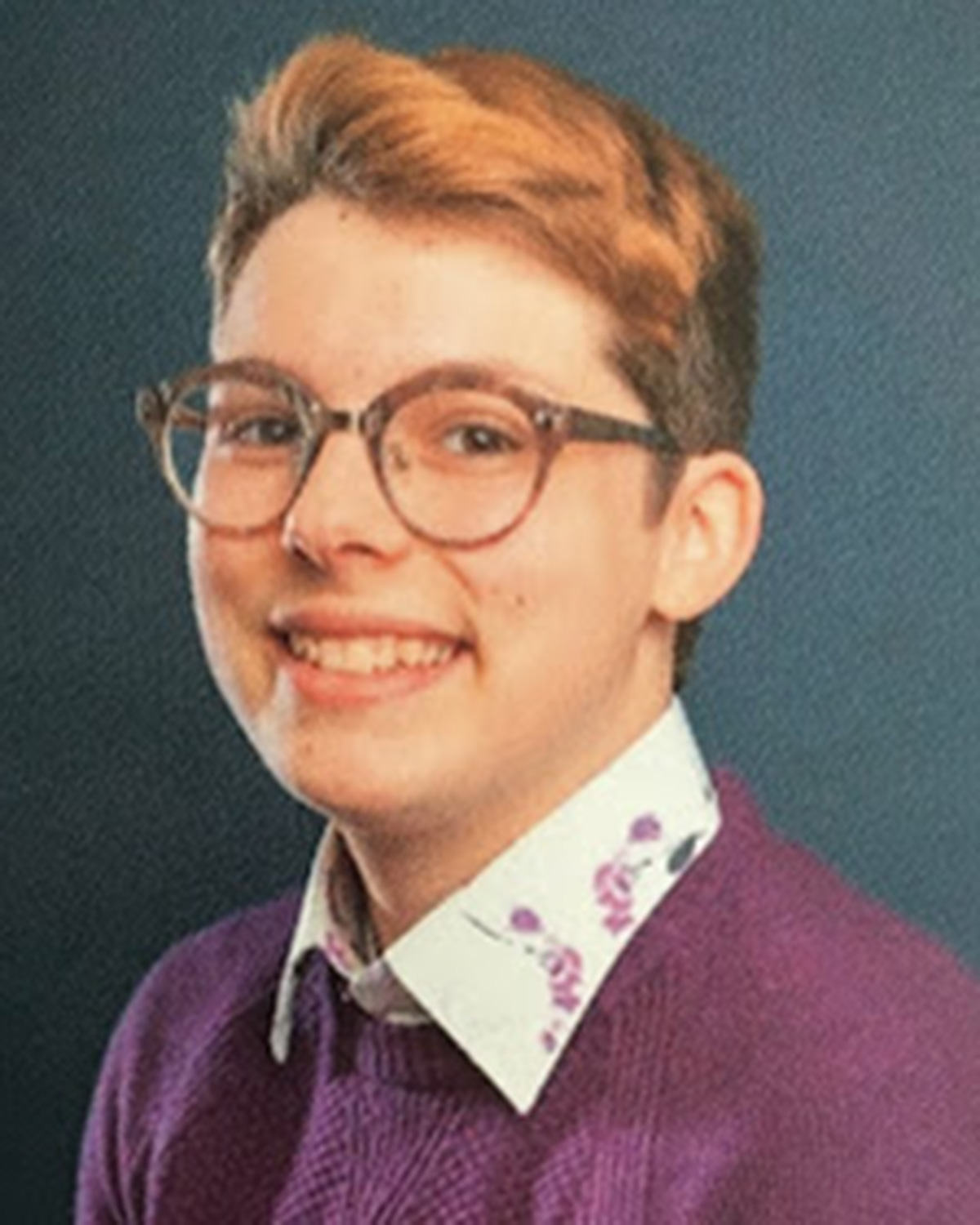 Jasper Duval, CSSH’23, “The Shame of the Slum: An Exploratory Study of Territorial Stigma and Mental Wellbeing in a Non-Notified Settlement in Mumbai”
Jasper Duval, CSSH’23, “The Shame of the Slum: An Exploratory Study of Territorial Stigma and Mental Wellbeing in a Non-Notified Settlement in Mumbai”
Mentor: Professor Liza Weinstein, Sociology and Anthropology
This project focuses on the effect of territorial stigma on mental wellbeing in Kaula Bunder, a non-notified, illegal settlement in Mumbai. A continuation of the PEAK Base Camp award, the data analysis is largely concluded and we now begin the process of finalizing theory, completing a literature review, and writing the article itself.
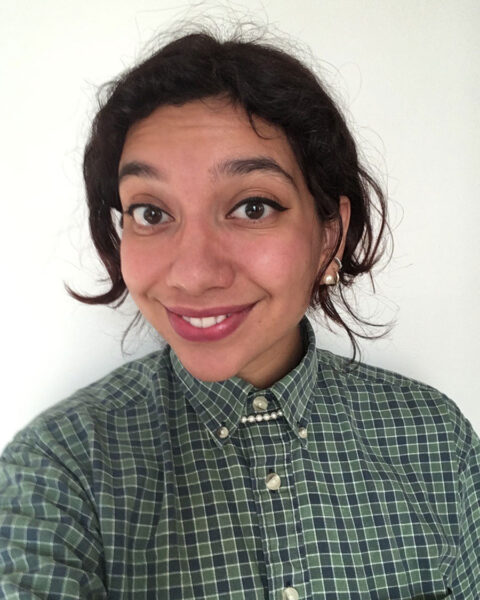 Isabella Greco, CAMD’23, “Biodegradable Architecture”
Isabella Greco, CAMD’23, “Biodegradable Architecture”
Mentor: Professor Mary Hale, Architecture
Northeastern first year architecture students typically use around 10 sheets of non-recyclable modeling materials in their first studio course. The use of polystyrene, acrylic, pvc, etc only grows over time as models get more complex and the number of iterations increase. This project looks to provide a solution for the waste created by temporary architecture through the use of an accessible and affordable biodegradable material. By replacing the use of non recyclable materials with a bioavailable plastic alternative, this material can help students and designers save money and the planet.
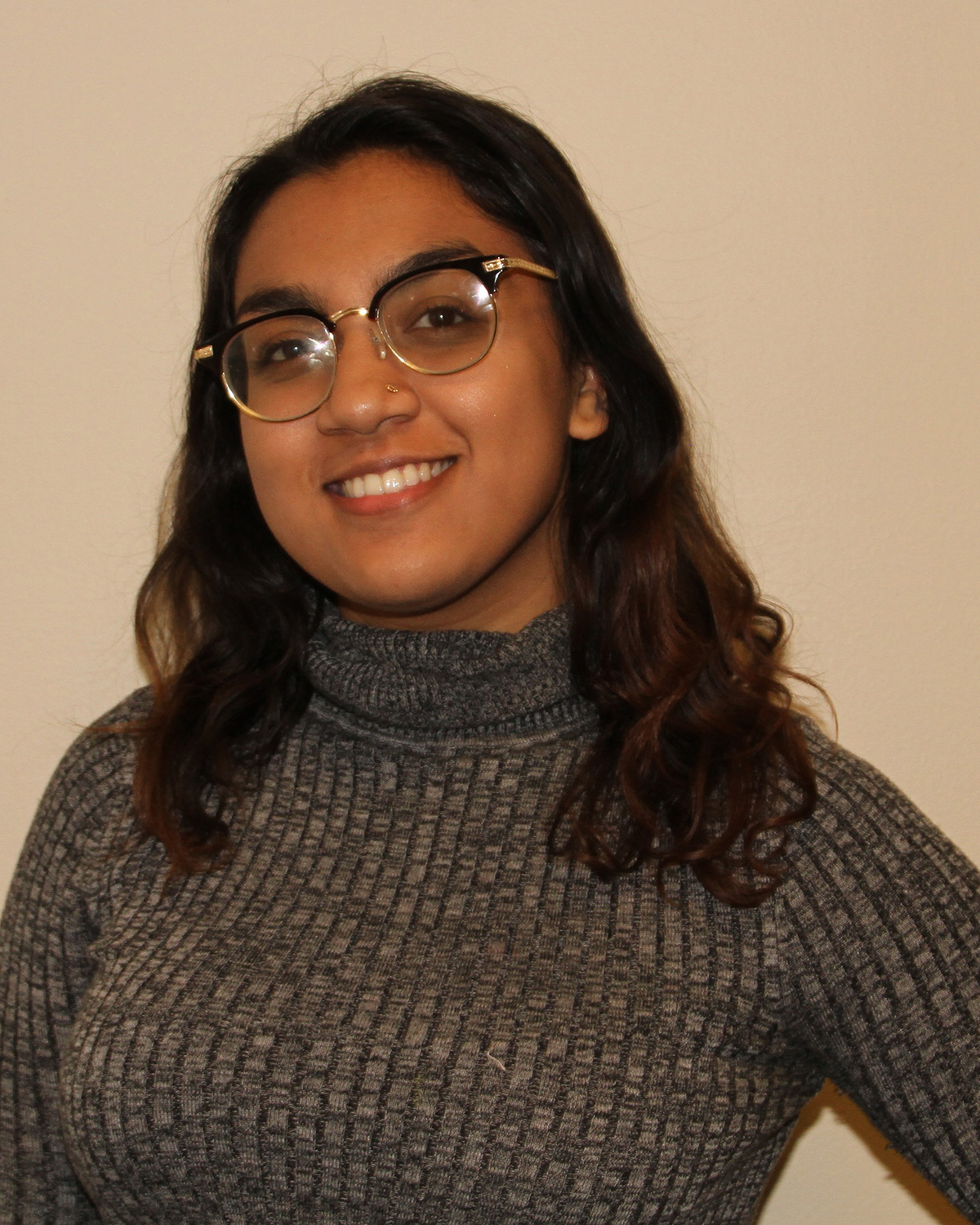 Rayna Haque, Bouvé’22, “A Qualitative Review of Mental Health and Exposure to Violence in Resettled Refugees”
Rayna Haque, Bouvé’22, “A Qualitative Review of Mental Health and Exposure to Violence in Resettled Refugees”
Mentor: Professor Carmel Salhi, Health Sciences
This project is a qualitative systematic review of the relationship between mental health and exposure to violence in resettled refugees. While prior research has been done on how violence pre-migration affects refugees, little has been done to see the impact violence can have on resettled individuals, especially for those resettling in high-income countries. Our work will use existing research databases to gather research and analyze this work through a qualitative lens, hoping to establish the relationship between resettled refugees, violence exposure, and mental health outcomes.
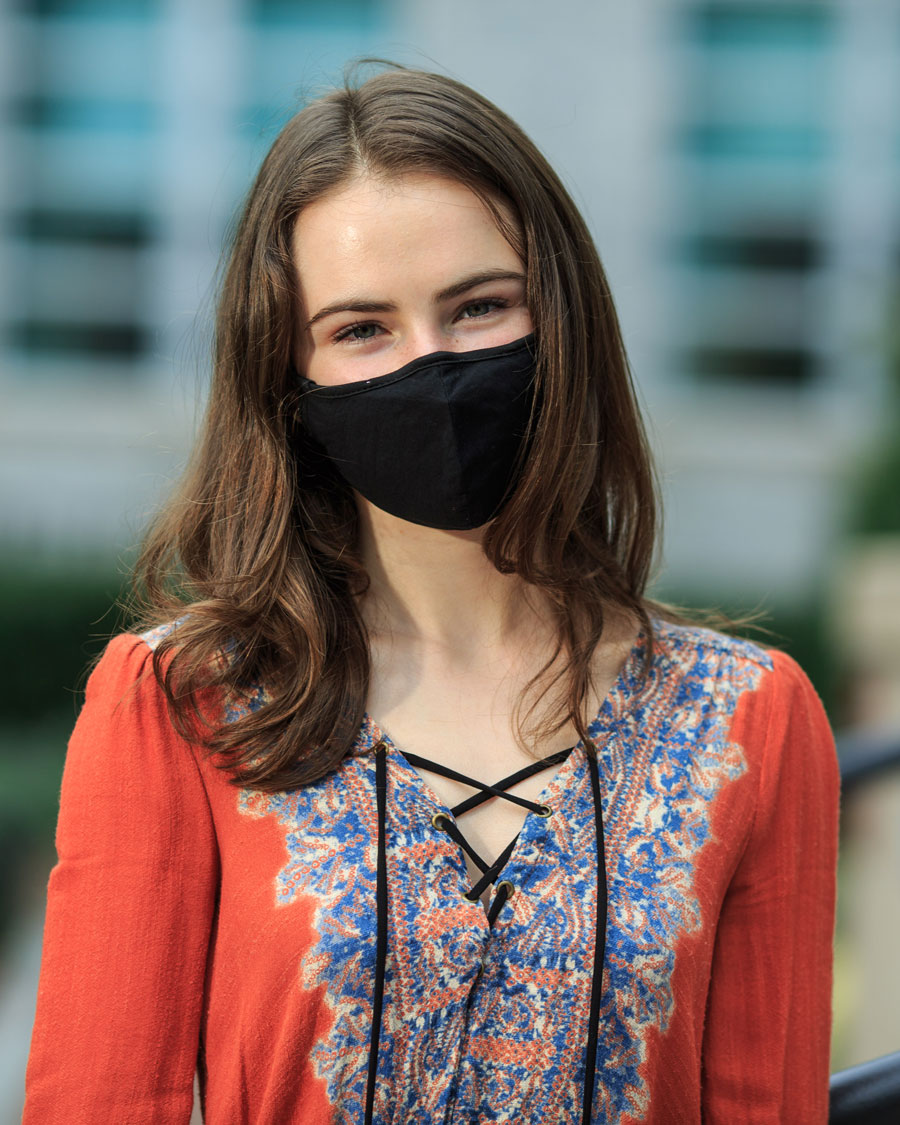
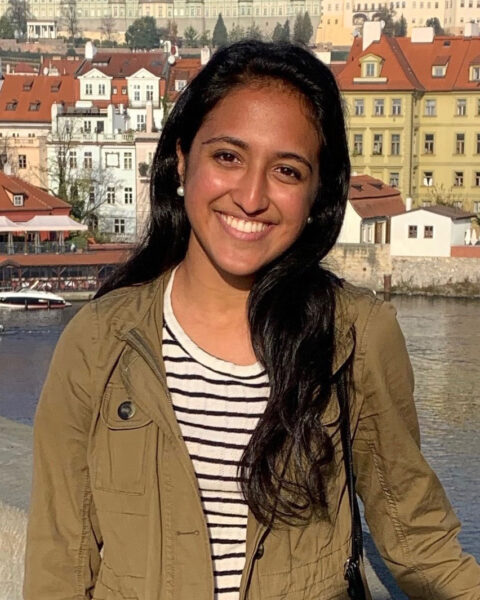 Maisy Holehouse, COE’24; Rachel Joseph, COE’24 “The Hydrobes”
Maisy Holehouse, COE’24; Rachel Joseph, COE’24 “The Hydrobes”
Mentor: Professor Michael Kane, Civil & Environmental Engineer
In the United States, the increasing energy demand and food waste are two significant issues within the agricultural sector. In our project, we explore the intersection of these issues through the construction of a semi self sustaining hydroponic system powered by a microbial fuel cell. Microbial communties will decompose the organic matter in the food waste to generate energy to power the water pump used for the hydroponic system. We will quantify net energy losses of our system and analyze these results in the context of industrial farming practices in order to move one step closer to more sustainable agriculture.
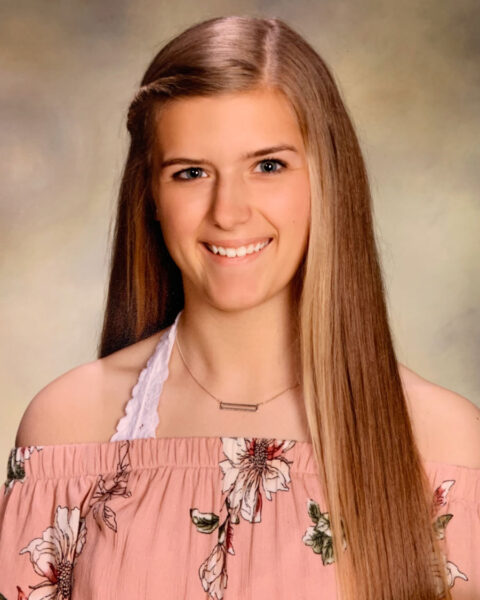 Victoria Izsa, COE’24, “Transcranial Alternating Current Stimulation to Modulate Voluntary Motor Rhythms”
Victoria Izsa, COE’24, “Transcranial Alternating Current Stimulation to Modulate Voluntary Motor Rhythms”
Mentor: Professor Eugene Tunik, Phys Therapy/Movemnt/Rehab Sci
The study designs and tests a system using transcranial alternating current stimulation to modulate voluntary motor rhythms in the brain. The project will involve hardware and software integration of force sensors, elctromyopraphy (EMG), electroencephalography (EEG), and a commercial low-amplitude cortical stimulator (tACS). I will use the system to test whether the neurophysiological (EEG and EMG) and behavioral properties of rhythmic force production can be enhanced or disrupted by varying the phase delay between intrinsic physiological rhythms and extrinsic tACS. This project has the implications for interventions aimed at the recovery of hand function following neurological injury.
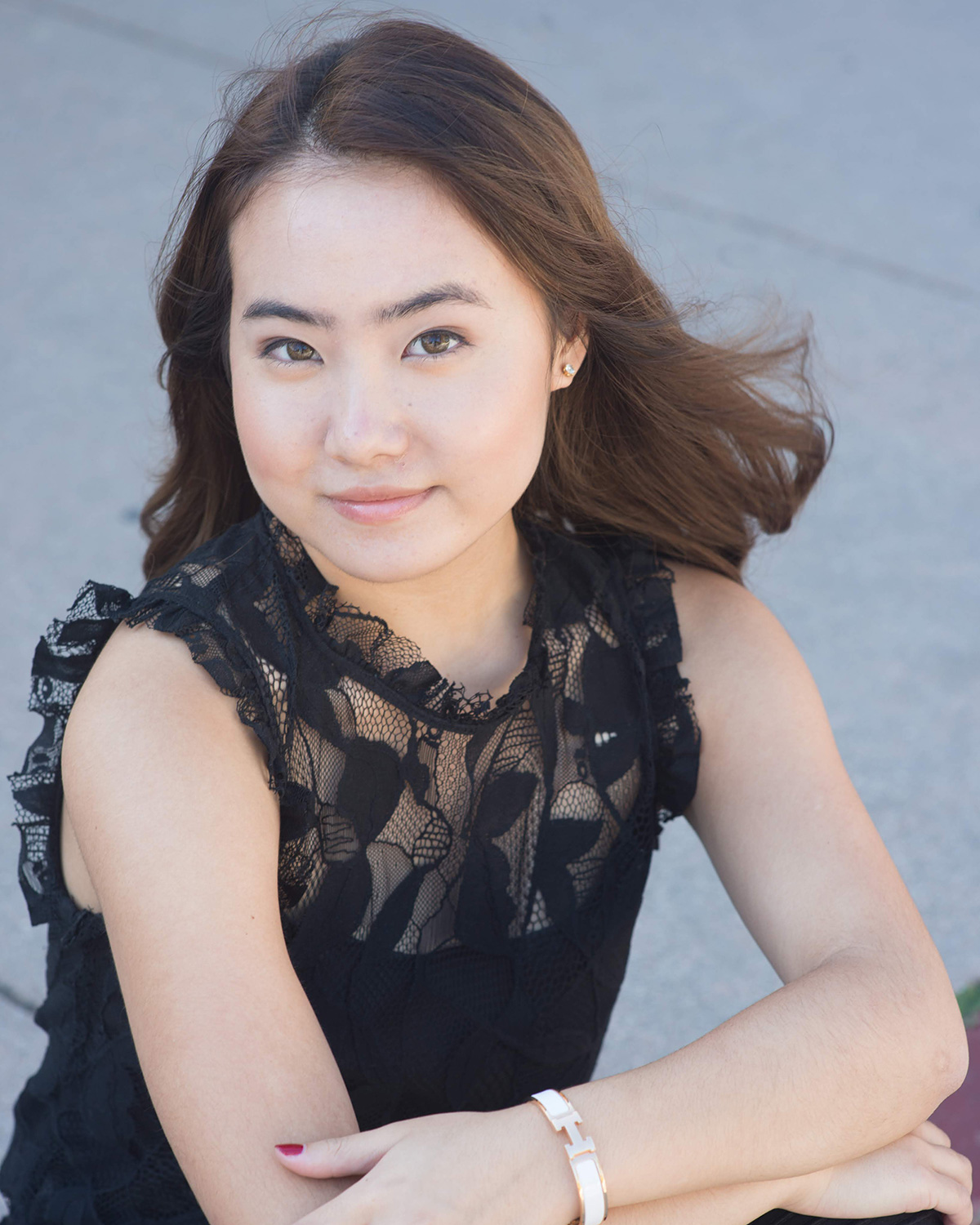 Kenadi Kaewmanaprasert, Bouvé’24, “Influence of Documentation Status and Race on Immigrant Healthcare Access”
Kenadi Kaewmanaprasert, Bouvé’24, “Influence of Documentation Status and Race on Immigrant Healthcare Access”
Mentor: Professor Tiffany Joseph, Sociology and Anthropology
I will be working with Professor Tiffany Joseph who has a research project examining how health and immigration policies at the state and federal level affect immigrants’ access to health care. I will draw from interviews with healthcare providers to explore how documentation status and race shape patient-provider interactions. By the end of the semester, I intend to write a literature review of my findings and create a RISE presentation. I hope to increase my awareness on the barriers that immigrant communities face in obtaining health care and find possible solutions to increase their coverage and access.Rec
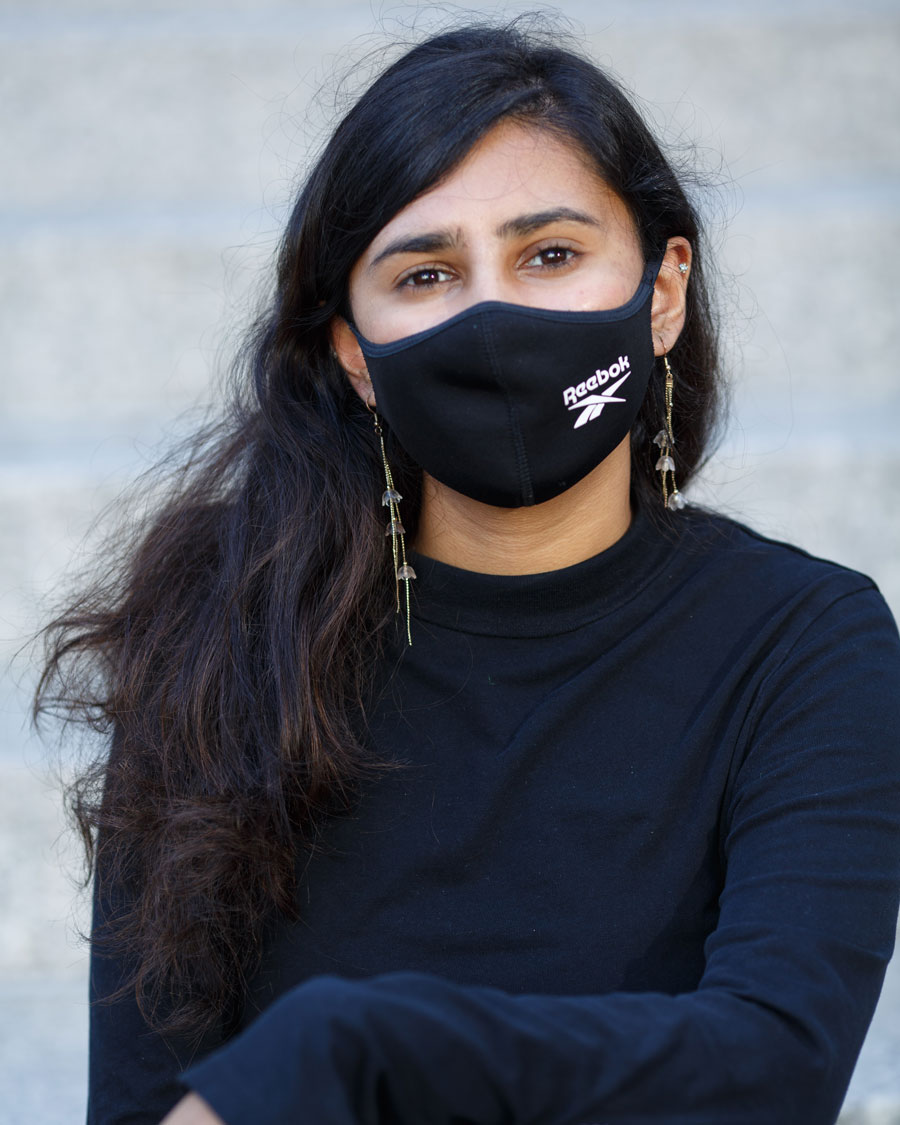 Sanjana Koushik, DMSB’22, “Ethical Labor Solutions: The Case Against Sweatshops”
Sanjana Koushik, DMSB’22, “Ethical Labor Solutions: The Case Against Sweatshops”
Mentor: Professor Shawn Bhimani, Supply Chain Management
I am investigating the potential solutions to enforce ethical labor in supply chains of manufacturers in key export countries. In unfolding this issue, I seek to detail the data-backed prospect of an efficient labor market and profitable businesses without the use of slave-like labor practices. By illustrating the arguments for and against sweatshop labor, and analyzing the supply chain strategies of the top 25 retail companies on the S&P 500, I will assess the avenues for occupational safety in a framework to show that ethical outsourcing practices can exist in our current state of globalization for the betterment of laborers.
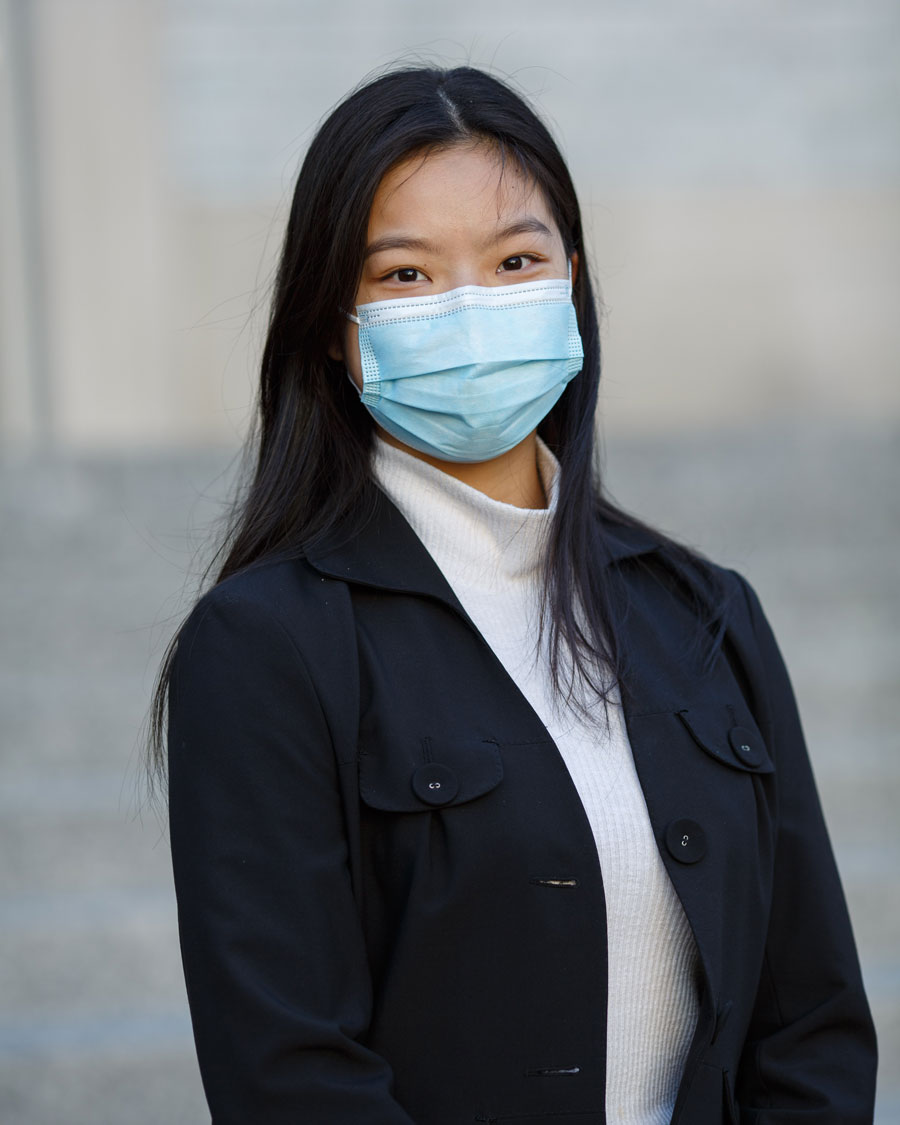 Winnie Li, Bouvé’21, “Digital Media Use and Mental Health in College Students”
Winnie Li, Bouvé’21, “Digital Media Use and Mental Health in College Students”
Mentor: Professor Lichuan Ye, Nursing
Digital and social media use has been on the rise in college students, affecting their physical, mental, and social well-being. This study aims to explore the impact that social media has on college students’ daily lives and mental health, including social isolation. Participants will be recruited to participate in an online survey and focus group. Data and content analyses will then be run to further understand the phenomenon in this population. Findings will be presented at research conferences such as RISE and disseminated to university-level advising to better address digital media usage and mental health in college students.
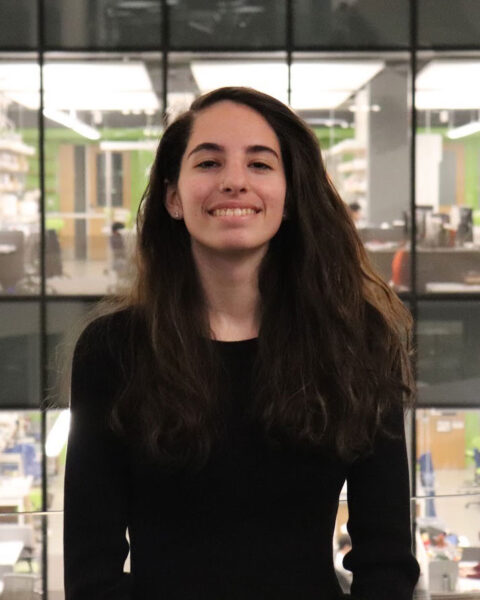 Lauren Maldonado, COS’23, “Examining the Relation Between Eating Disorder Symptoms and Breastfeeding Initiation and Duration Among African American Mothers”
Lauren Maldonado, COS’23, “Examining the Relation Between Eating Disorder Symptoms and Breastfeeding Initiation and Duration Among African American Mothers”
Mentor: Professor Emily Zimmerman, Communication Sciences & Disorders
The aim of this project is to understand the relationship between body image and disordered eating and breastfeeding behaviors in mothers who identify as black Americans. There is little research studying this in ethnically diverse mothers. Additionally, racial discrimination and bias persist in healthcare, causing decreased support for black mothers during breastfeeding. These relationships will be studied through analysis of survey responses that will be created using questions from different established scales including the Breast Feeding Self-Efficacy Scale and the Eating Disorder Examination Questionnaire. I will present this project at RISE 2021 and the American Speech-Language-Hearing Association convention 2021.
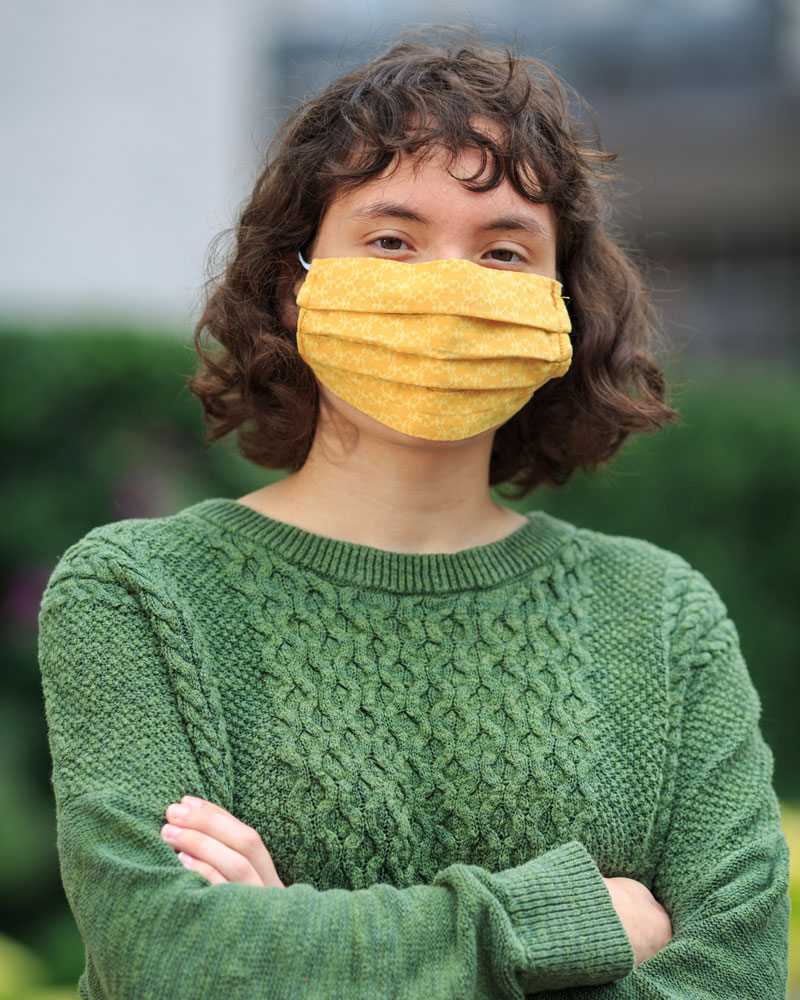 Gwendolyn McManus, COS’21, “Design and Assessment of an Interactive Virtual Aquarium for Seagrass Education”
Gwendolyn McManus, COS’21, “Design and Assessment of an Interactive Virtual Aquarium for Seagrass Education”
Mentor: Professor Randall Hughes, Marine & Environmental Sciences
My goal with this project is to create an educational video game in which students learn about seagrass meadows, a valuable and endangered coastal ecosystem, through exploration of an interactive virtual aquarium. I hope to use this game as both a way to provide students with a learning experience centered around an oft-overlooked but critical ecosystem as well as an exploration of the efficacy of using video games as a teaching tool in a time of virtual education.
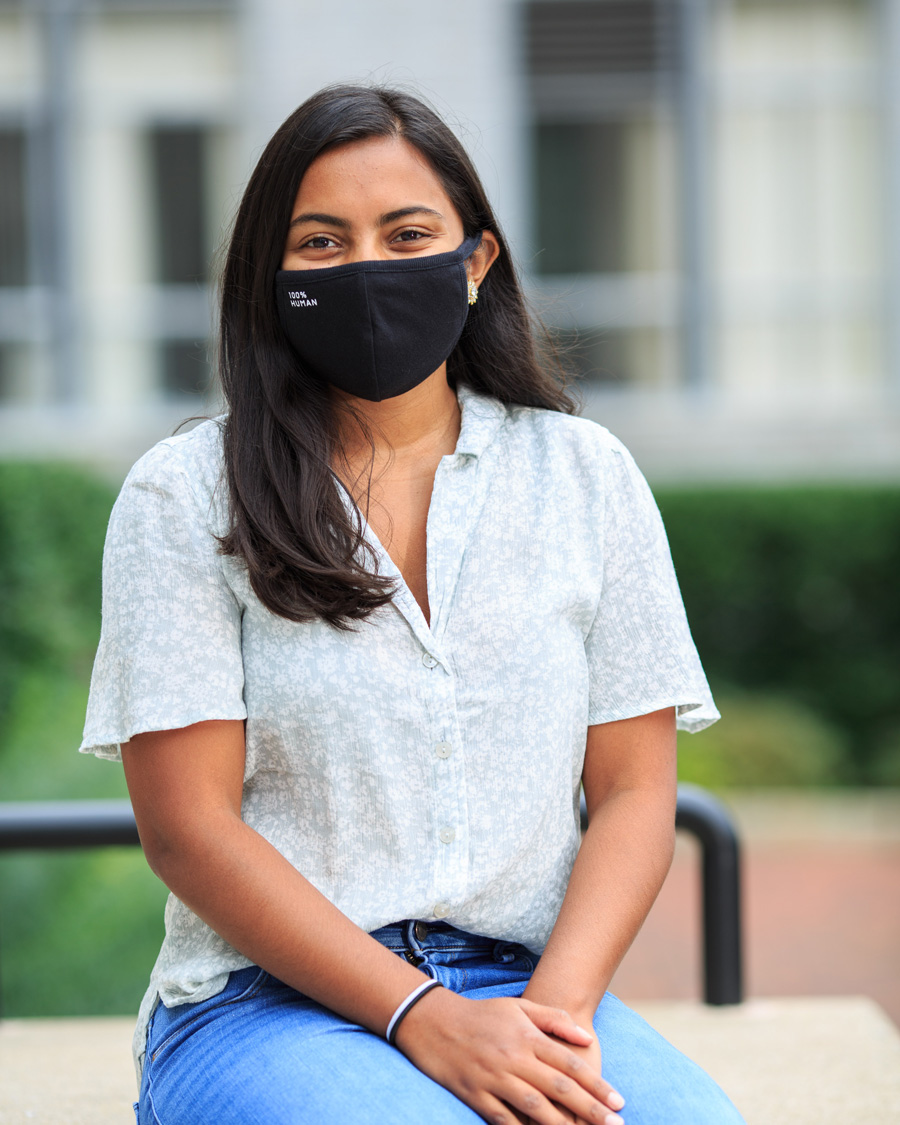 Shurobhi Nandi, COS’22, “Improving Access to Early Childhood Mental Health Services in Child Welfare”
Shurobhi Nandi, COS’22, “Improving Access to Early Childhood Mental Health Services in Child Welfare”
Mentor: Professor Beth Molnar, Health Sciences
Early intervention in young children with mental health challenges is important as mental health challenges have been shown to put young children at a higher risk of heart problems, depression, poverty, incarceration, and homelessness along the life course. Yet, there is a dearth of literature on better understanding perspectives on early childhood mental health in child welfare for young children. Through this project, I hope to better understand the broader context of mental health services access for very young children and families in child welfare through the lens of stakeholders participating in the FIRST SOC project.
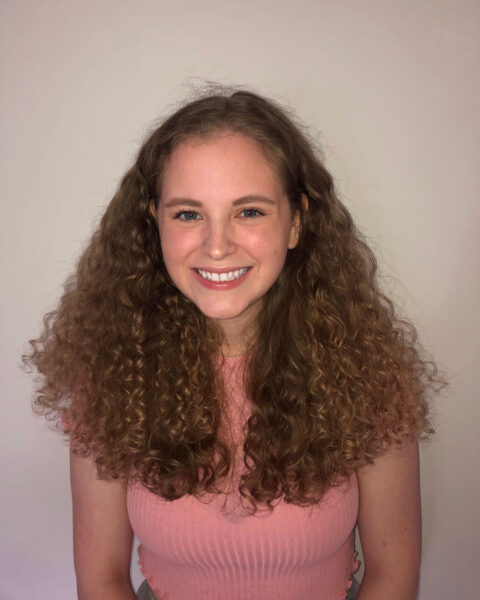 Jacqueline O’Mara, CSSH’24, “The Almanacs of Sarah Jinner and Mary Holden and Their Connection to Women in 17th-Century Medicine”
Jacqueline O’Mara, CSSH’24, “The Almanacs of Sarah Jinner and Mary Holden and Their Connection to Women in 17th-Century Medicine”
Mentor: Professor Julia Flanders, English
Sarah Jinner and Mary Holden were popular almanac writers during the 17th-century. Encoding and analyzing their texts can give insight into the structure of almanacs and their respective topics. Encoding these texts allows for the comparison of works within the same genre and a better understanding of female writers’ role in women’s healthcare, specifically in regards to reproductive health. Examining these pieces will contribute to the Women Writers Projects’ collection and further research can add to one’s understanding of the links between almanacs and women’s role in 17th-century medicine. The findings will be shared through the Women Writers Project blog.
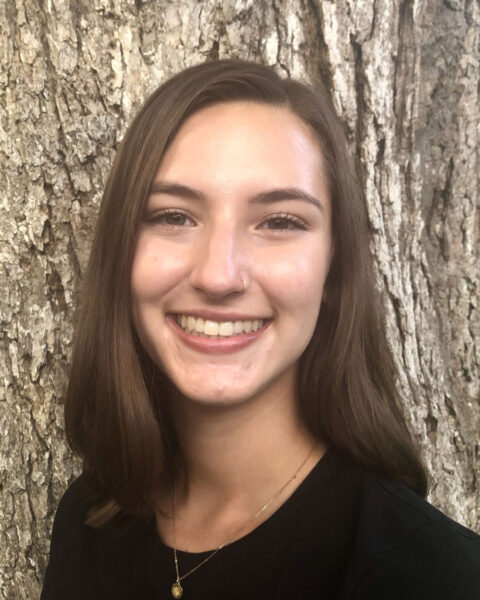 Nicole Page, COS’23, “SynchronyGamma”
Nicole Page, COS’23, “SynchronyGamma”
Mentor: Professor Psyche Loui, Music
SynchronyGamma aims to be a non-invasive, music-based intervention that applies ground-breaking research on Gamma-frequency stimulation to treat dementia-related conditions. SynchronyGamma is a rhythmic LED light controller that delivers Gamma-frequency visual stimulation while synchronizing colorful lighting effects to the beats and rhythms of music. The project aims to use a combination of EEG and working memory data analysis to bring the SynchronyGamma product to market. The results of the SynchronyGamma project will be shared at RISE 2021, and they will later be submitted for publication in a relevant journal.
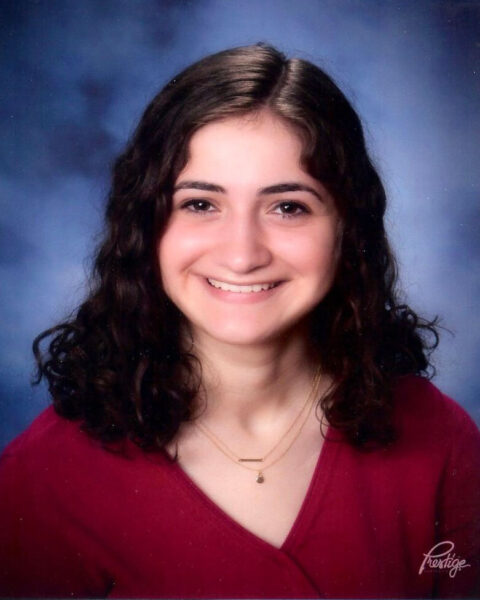 Elizabeth Schwartz, COS’21, “Identifying Genetic Interactions Required for Cell Division in Acinetobacter Baumannii”
Elizabeth Schwartz, COS’21, “Identifying Genetic Interactions Required for Cell Division in Acinetobacter Baumannii”
Mentor: Professor Edward Geisinger, Biology
The purpose of my research is to investigate the genetic network of Acinetorbacter baumannii in order to identify genes involved in cell division. This bacterium shows resistance to many antibiotics, leaving few remaining treatment options. By identifying genes that contribute to the antibiotic resistance seen in A. baumannii, strategies to develop future treatments will be revealed. I will use transposon sequencing to mutate strains of A. baumannii and monitor which mutations affect bacterial survival in the presence of antibiotics. Those mutations will indicate genes that play a role in antiobiotic resistance and may be targeted by future treatments.
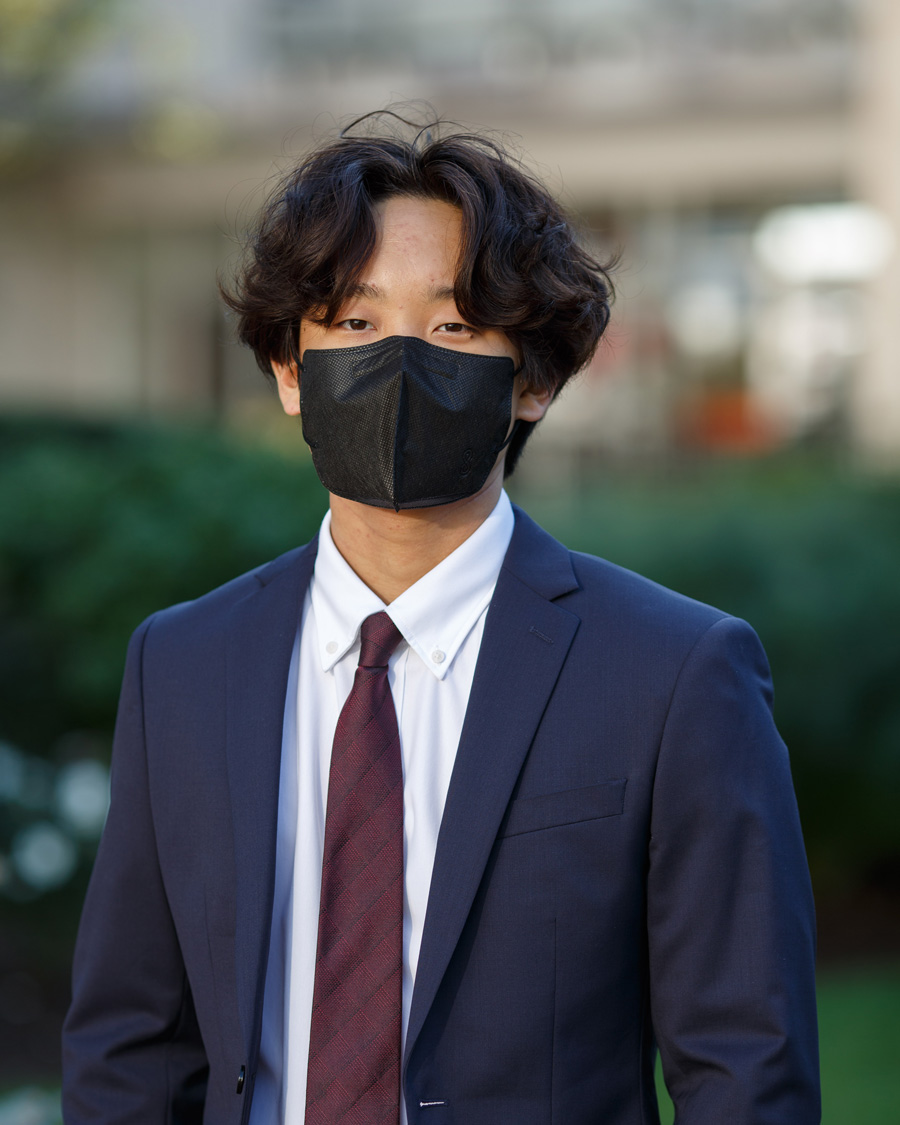 Brian Shim, COS’23, “Using Microscopy and Applied Bioimage Analysis to Investigate Gene Expression Dynamics in the Regenerating Axolotl Limb”
Brian Shim, COS’23, “Using Microscopy and Applied Bioimage Analysis to Investigate Gene Expression Dynamics in the Regenerating Axolotl Limb”
Mentor: Professor James Monaghan, Biology
The primary objective of this project is to break the transcriptional imaging analysis bottleneck in the Monaghan Laboratory. While various projects studying developmental and regenerative biology in the axolotl are currently in motion, efficient and automated protocols at the image analytics level have not yet been developed to enable the extraction and processing of large quantities of data. In this project, I will learn to utilize light-sheet microscopy techniques under faculty mentorship and execute deep-learning bioimage analysis in order to develop and optimize laboratory protocols that analyze the spatial expression profiles created using novel V3-HCR-FISH techniques in whole-mount tissue samples.
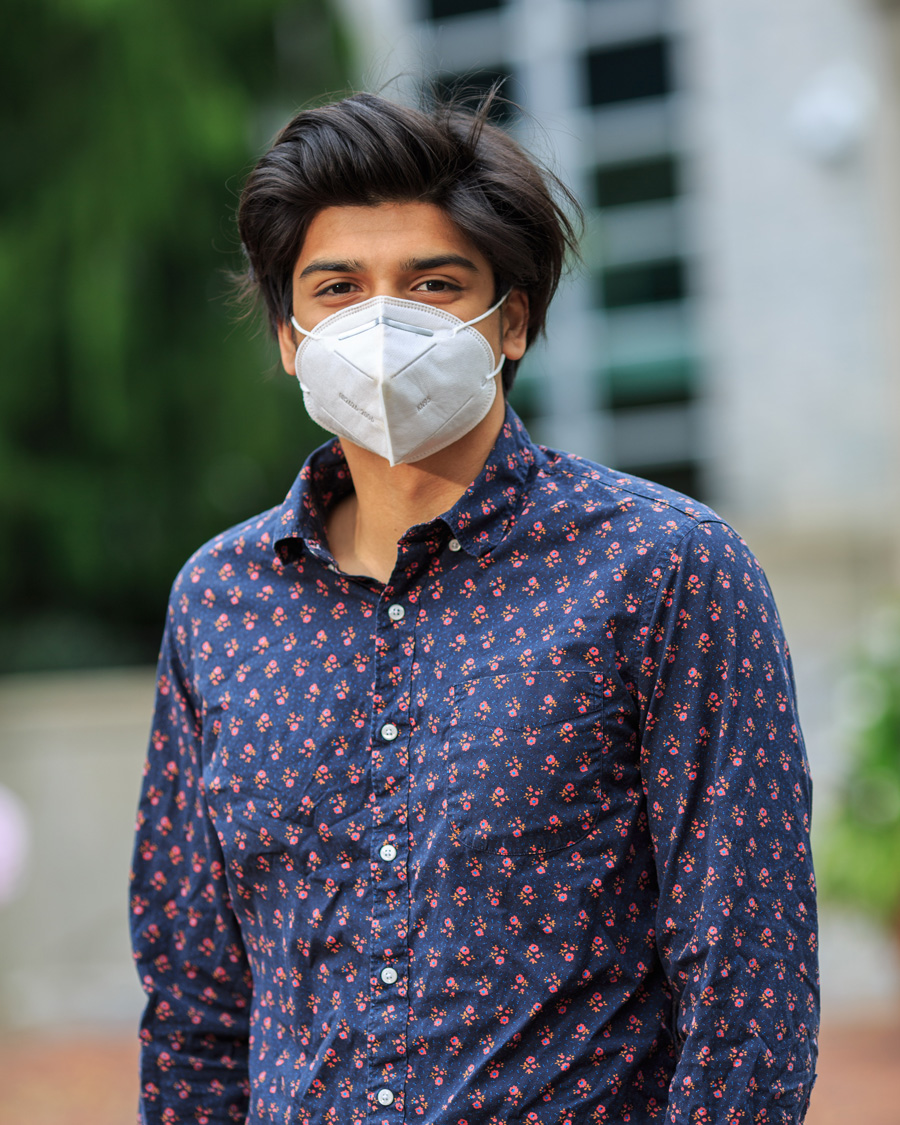 Siddharth Simon, COE’24, “Quantifying Effects of Model Edits on Neurostimulation Simulations”
Siddharth Simon, COE’24, “Quantifying Effects of Model Edits on Neurostimulation Simulations”
Mentor: Professor Sumientra Rampersad, Electrical and Computer Engineering
This project’s goal is to quantify the electric field differences between different brain simulation models. In order to target a specific area of the brain, Dr. Rampersad’s Lab works with MRIs to create different tissue-based head models to then analyze using computer-based simulations. Using Maxwell’s Equations and the necessary software, stimulation configurations that optimize the electric field in a given part of the brain can be found. By utilizing the results of this research, this project seeks objectively understand the detail needed, specifically regarding tissue identification in head models, and the potential error caused by the mischaracterization of tissue types.
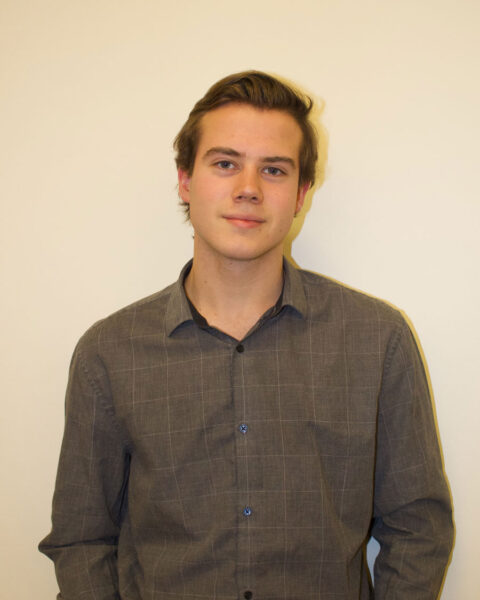 Patrick Sliter, COE’24, “DIY Flow-Through Photometer for Automatic Data Collection”
Patrick Sliter, COE’24, “DIY Flow-Through Photometer for Automatic Data Collection”
Mentor: Professor Benjamin Woolston, Chemical Engineering
This project aims to provide researchers with a scalable, low-cost tool for investigating the growth of anaerobic and aerobic microbes in continuous culture with automatic data collection. The flow-through photometer will be designed to be open-source and modularized so researchers may adapt and scale the system with their needs. It will be composed of a variable number of photometer modules and a central control module containing a microcontroller responsible for collecting and streaming data to a computer where it could be saved to the cloud and viewed remotely. Automatic data collection is currently crucial for limiting lab staff density.
 Sam Wohlever, COE’24, “Enhancing Thermal Spreading/Containment with Composites”
Sam Wohlever, COE’24, “Enhancing Thermal Spreading/Containment with Composites”
Mentor: Professor Randall Erb, Mechanical & Industrial Engineering
Overheating reduces the efficiency of electrical components, and it can render batteries dangerous. Thermally conductive materials are useful in lessening this heat by diverting it away from the source. In this project, I will harness simulation tools to model and evaluate the thermal properties/responses of two conductive composites which have been identified as size-efficient heat-mitigators. Data from the first composite model will be included in an ongoing paper, and the second model I develop will be useful in a future optimization project. I additionally look forward to sharing my research with the community at Northeastern’s RISE.
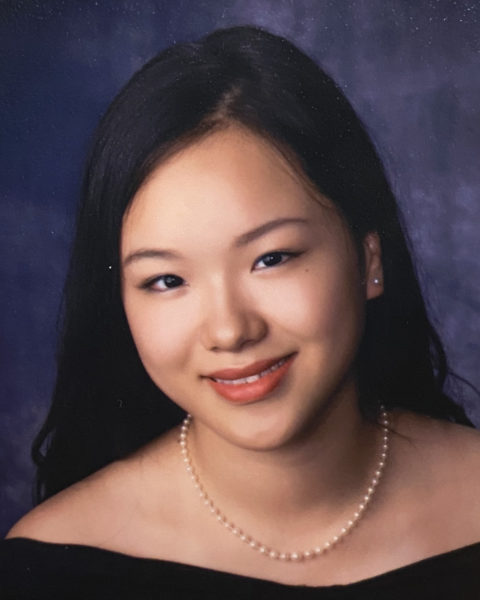 Yuxi Zhao, DMSB’21, “The Dark Side of Supply Chain Technology”
Yuxi Zhao, DMSB’21, “The Dark Side of Supply Chain Technology”
Mentor: Professor Shawn Bhimani, Supply Chain Management
The purpose of this project is to categorize the vulnerabilities of supply chain technology using qualitative coding on secondary data to be collected from four key literature streams. This study is meaningful because such vulnerabilities are exploited by illicit supply networks, such as human trafficking. We will use literature reviews as the method for this project. The expected outcome to codify and summarize the top five vulnerabilities discussed in the literature. We plan to share our work at various Northeastern events including the PEAK and RISE.
PEAK Experiences Summit Awardees
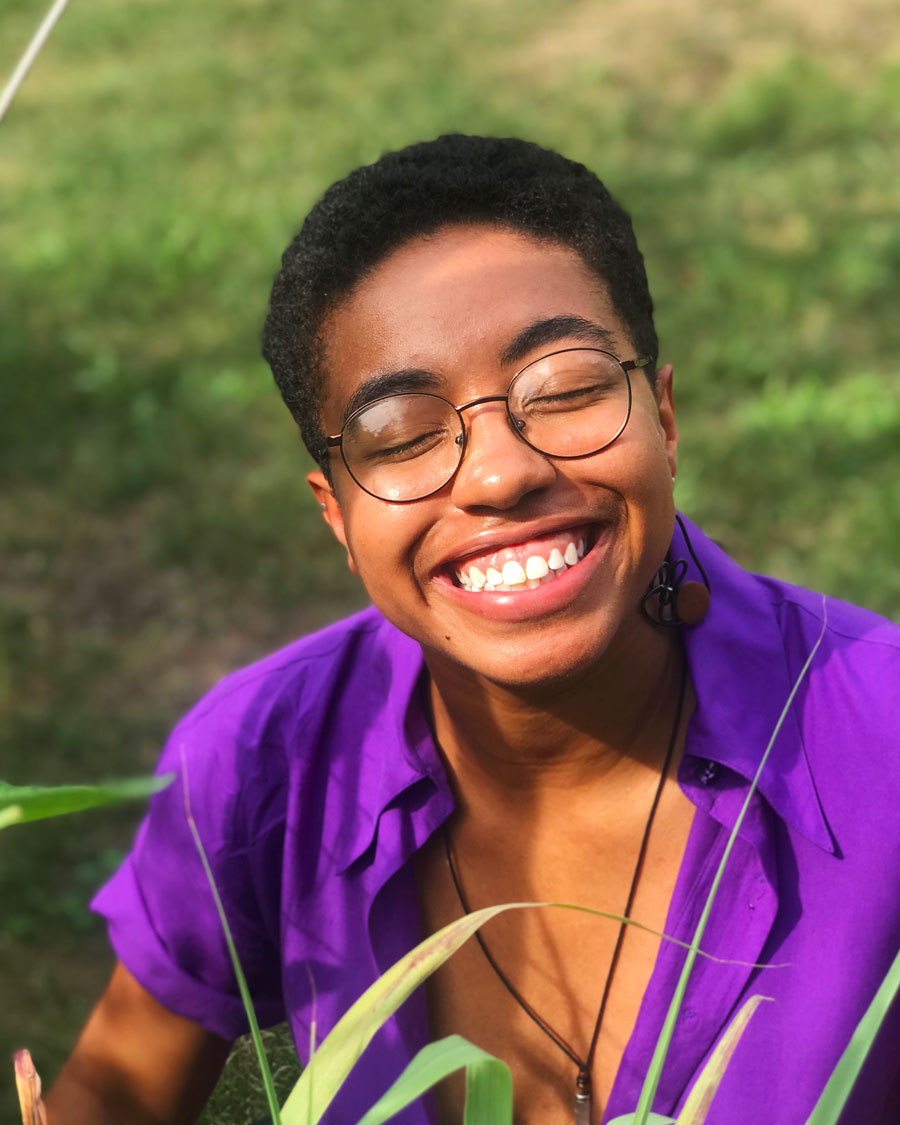 Rosemary Ajegwu, COE’21, “a new memory”
Rosemary Ajegwu, COE’21, “a new memory”
Mentor: Professor Nicole Aljoe, African-American Studies
“a new memory” will transport the memory of Nigerian Queerness and women’s power from the forgotten past to the present, refuting gender and sexuality marginalization as a static aspect of Nigerian culture. Employing video collaging as a vehicle, the project will narrate a full and truthful Nigerian history that colonization, Queerphobia, and patriarchy attempted to destroy.
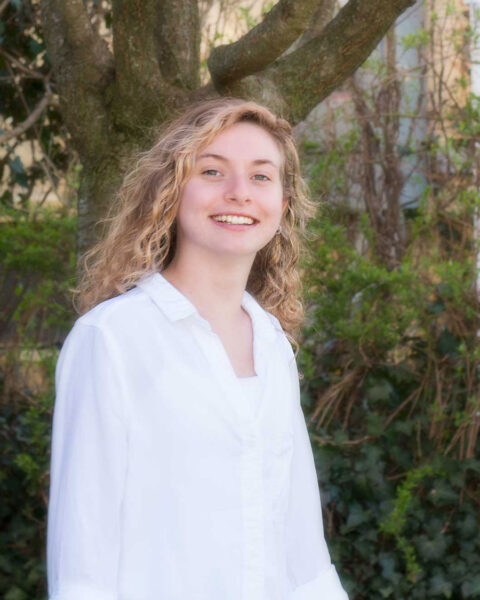
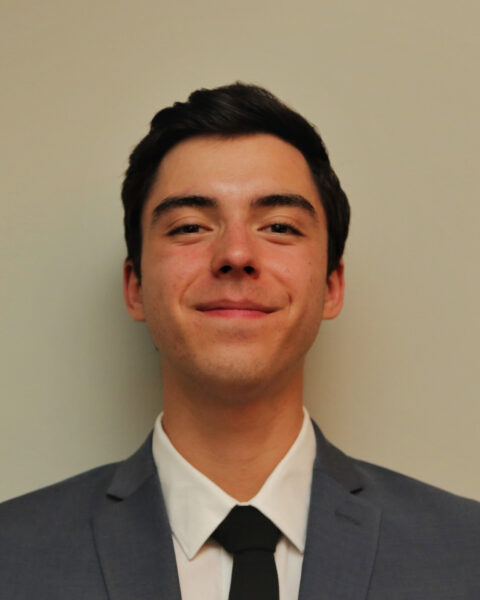
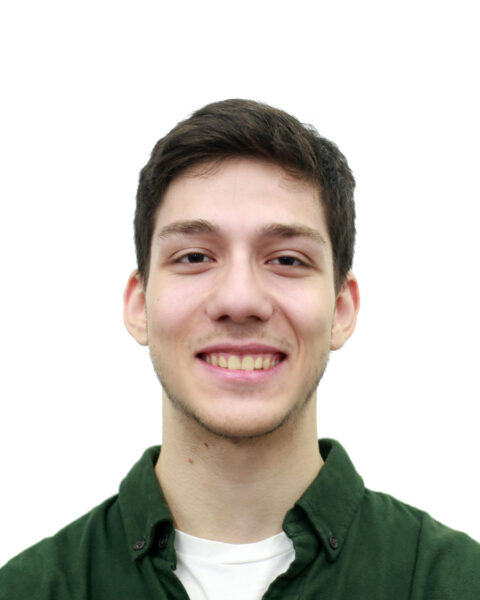
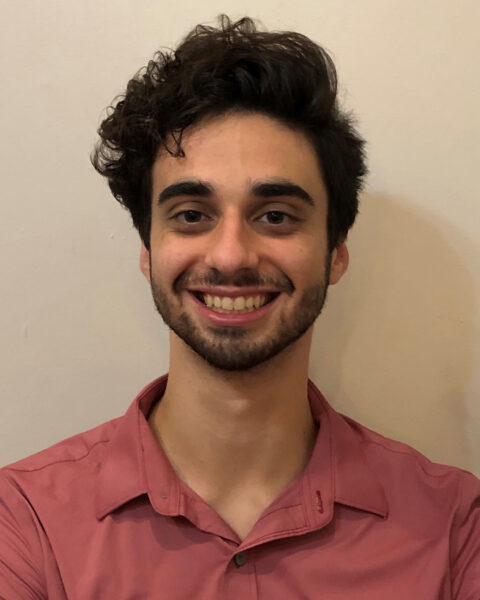 Theodora Christopher, COS’21; Benjamin Dottinger, Bouvé’23; Luke San Antonio Bialecki, Khoury’21; Matthew Dottinger, COE’21, “Monitoring Device Supporting the Storage of Temperature-Sensitive Medications”
Theodora Christopher, COS’21; Benjamin Dottinger, Bouvé’23; Luke San Antonio Bialecki, Khoury’21; Matthew Dottinger, COE’21, “Monitoring Device Supporting the Storage of Temperature-Sensitive Medications”
Mentor: Professor Misha Pavel, Khoury/Bouvé
Over 44% of pharmaceuticals sold in the US are biologics, a temperature-sensitive medication. In the US, there were over 1,000 reports of improper storage of medications in 2007, resulting in the decreased efficacy and safety of these medications. Our mission is to increase patient safety by tracking temperature and light data to ensure proper storage of the vulnerable medication. We will achieve this through the creation of a device and companion mobile application to alert patients when their medication is stored improperly. Our results will be shared at medical device conferences once we have ensured the reliability of our device.
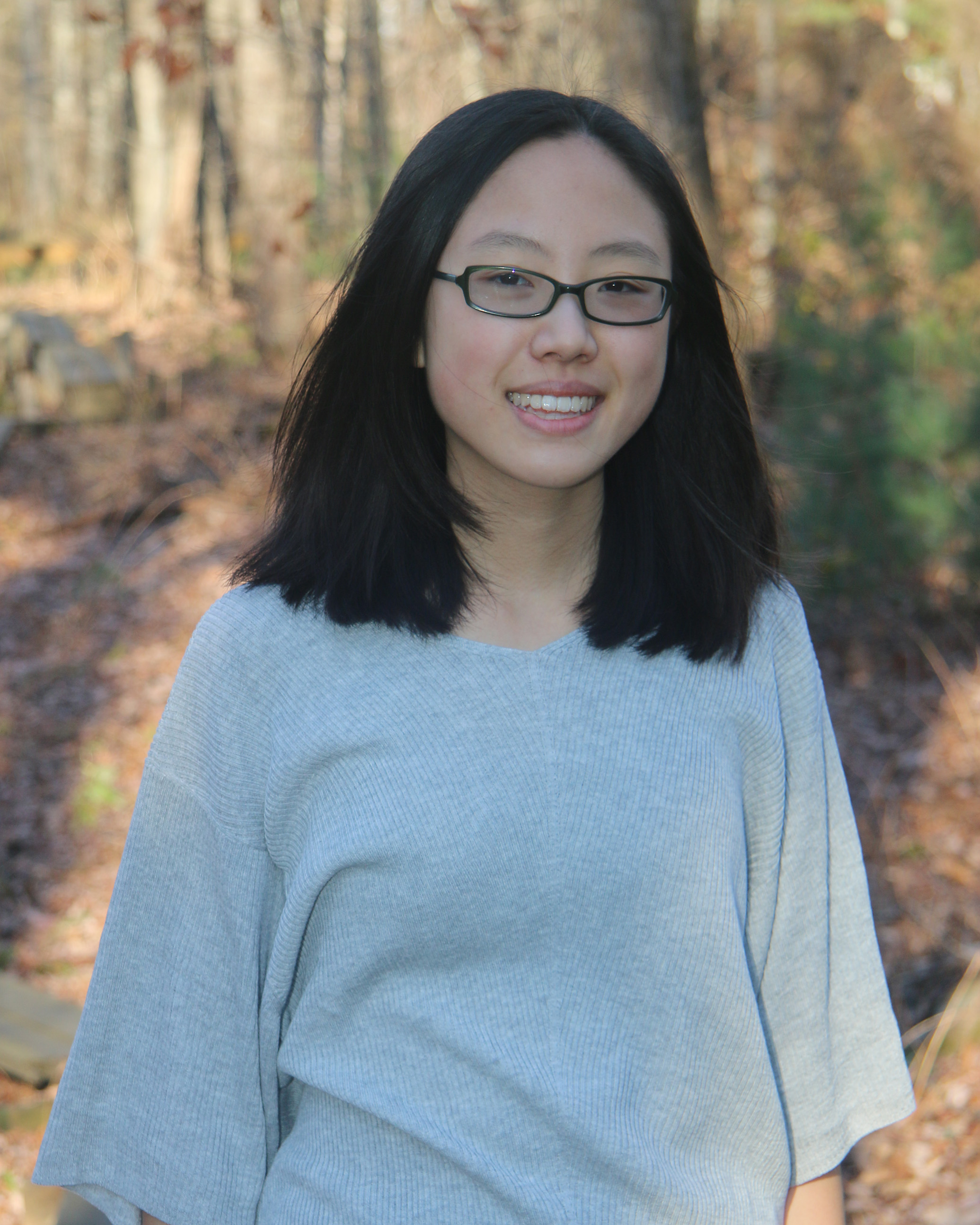 Amanda Dee, COE’23, “Developing Tools for Engineering & Evaluating Transgenic Root Cultures”
Amanda Dee, COE’23, “Developing Tools for Engineering & Evaluating Transgenic Root Cultures”
Mentor: Professor Carolyn Lee-Parsons, Chemical Engineering
Catharanthus roseus produces two anticancer compounds. By studying how production of these compounds is regulated, we can increase yield. In this project, I will study how transgenic constructs alter growth rate of roots and protein expression levels in plants, which inform compound production. To achieve these goals, I am developing a script in MATLAB as a non-invasive method to monitor root growth. I am also optimizing the CRISPR/dCas construct by determining what combination of genetic components induce Cas expression. I plan to present at RISE and incorporate my findings into a paper.
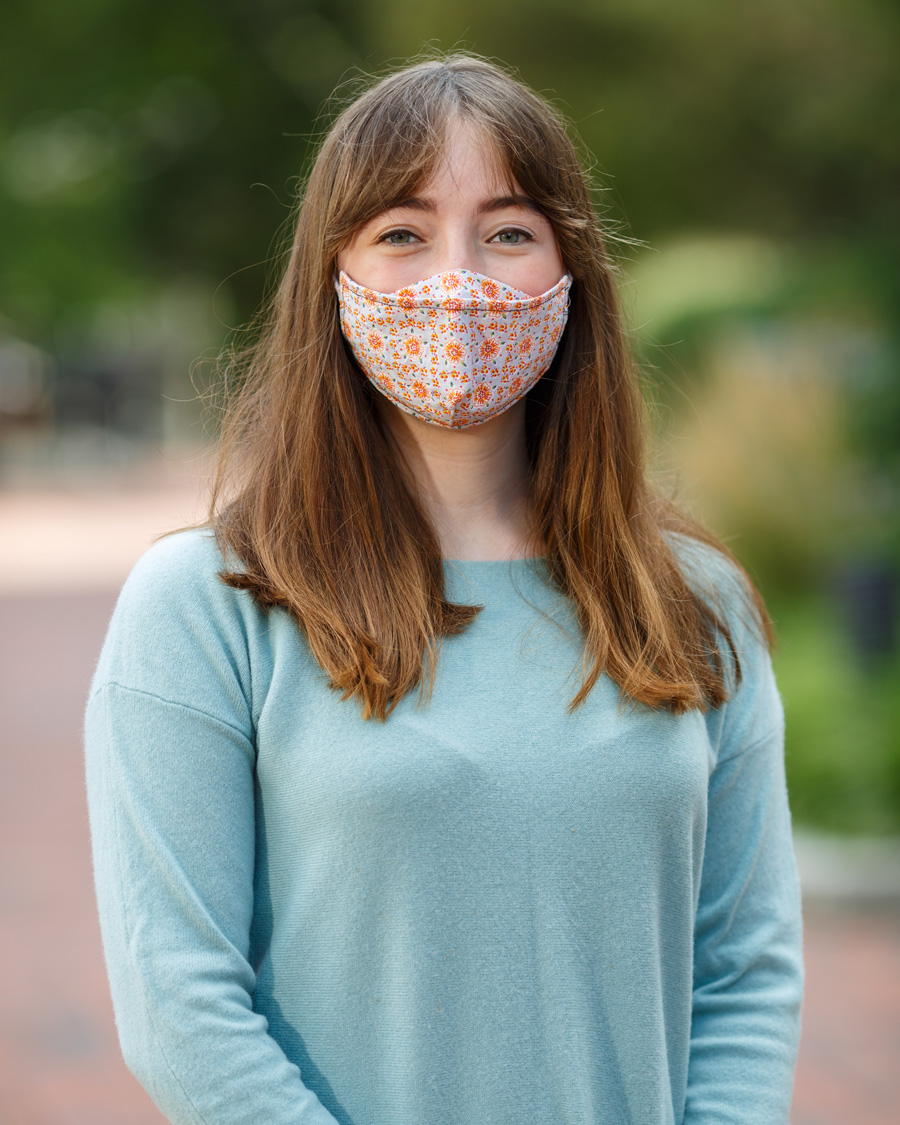
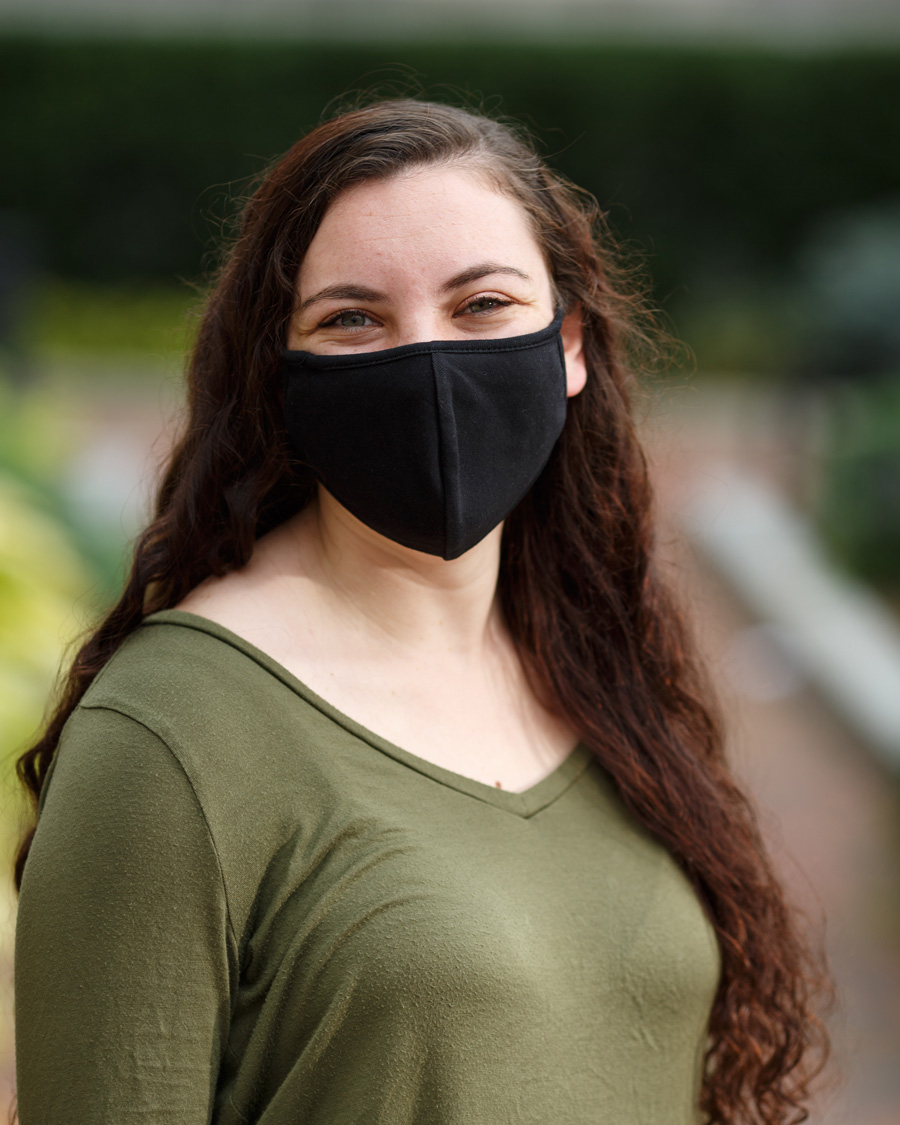 Kaitlyn Fiery, CAMD’23; Shira Weiss, CAMD’23, “Holding a Mirror Up to Nature: College Students Reflect on Their Experiences During the COVID-19 Pandemic”
Kaitlyn Fiery, CAMD’23; Shira Weiss, CAMD’23, “Holding a Mirror Up to Nature: College Students Reflect on Their Experiences During the COVID-19 Pandemic”
Mentor: Professor Melinda Lopez, Theatre
To prompt processing and reflection, we will interview and lead college students through story circles about their experiences related to COVID-19, develop a dramatic narrative from the ethnographic material, and perform it for college students who will then be invited to discuss their responses. This project is theatre by and for college students, actively responding to the experience of our current moment. Audiences will share and process emotions, to find resilience in each other, and to build community. We plan to perform this piece virtually and will submit it to digital theatre performance platforms.
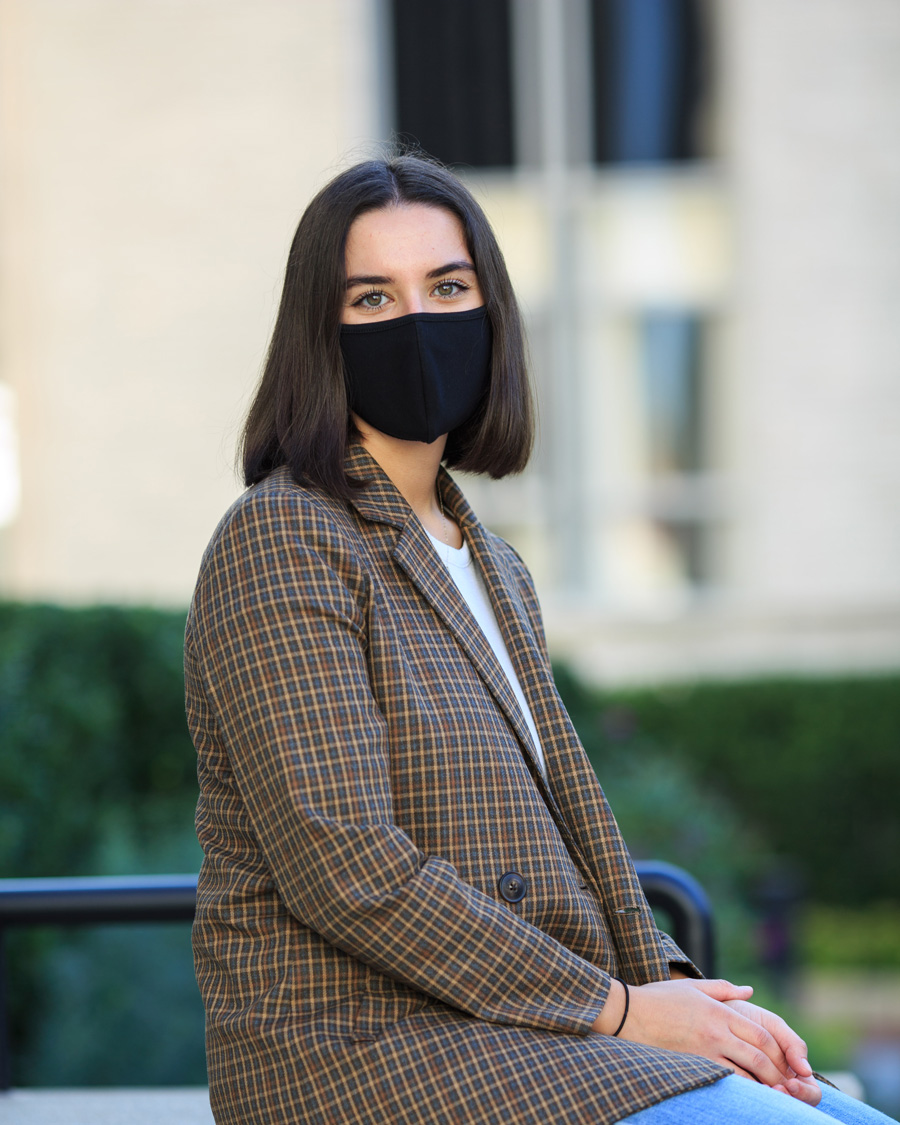 Angelica Fiuza, Bouvé’22, “Twenty Seconds a Day: The Impact of Tiktok Diet Culture Content on Young Women”
Angelica Fiuza, Bouvé’22, “Twenty Seconds a Day: The Impact of Tiktok Diet Culture Content on Young Women”
Mentor: Professor Rachel Rodgers, Applied Psychology
The aim of this research project is to examine the effects of diet-related videos popular on the social media platform TikTok on body image among young women. Increasing understanding about different forms of TikTok content will contribute to advancing knowledge in the field of body image and eating concerns and how social media impacts youth. The experimental design of this study will randomly allocate participants to view one of three types of TikToks, with the goal of identifying potentially harmful and protective content. The findings will be disseminated to the Northeastern community, broader scientific community, relevant stakeholders and advocacy groups.
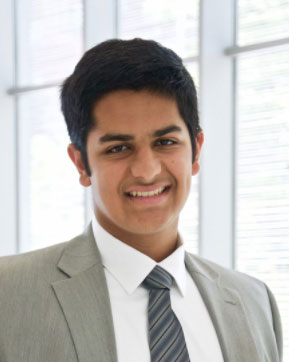 Vinaik Gautam, DMSB’22, “An Exploratory Study of the Impact of Cost and Timing Convergence in Technology Development”
Vinaik Gautam, DMSB’22, “An Exploratory Study of the Impact of Cost and Timing Convergence in Technology Development”
Mentor: Professor Tucker Marion, Entrepreneurship & Innovation
Technologies entering into market applications overtime see changes in their costs. Often, as factors such as manufacturing improvement or product volume increases, technologies will see a reduction in overall cost, leading to increasing adoption and use. We find there are different cost trajectories for different technologies as some technologies will follow a steady reduction in cost over time, while others will experience a sudden reduction. Our goal is to focus on how multiple converging technologies influence the dynamics of industry evolution to produce novel innovations. Results will be presented at management conferences and submitted to business management journals for publication.
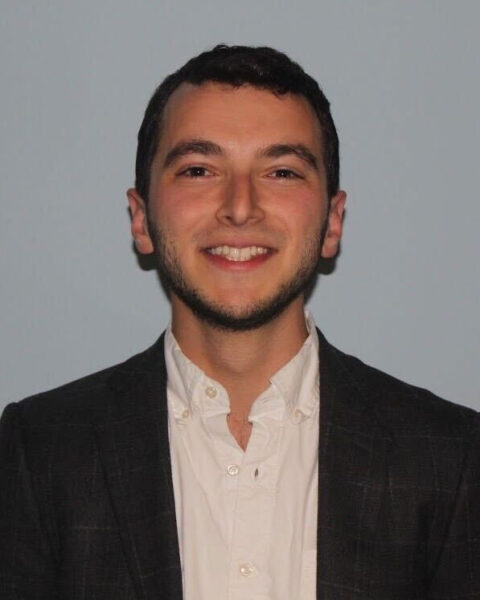 Michael Iskols, COS’21, “Androgen Dependence of Genital Sensory Endings”
Michael Iskols, COS’21, “Androgen Dependence of Genital Sensory Endings”
Mentor: Professor Jennifer Ingemi, Biology
While the somatosensory system innervating much of the body is increasingly well understood, little is known about the neural correlates of sexual touch. My preliminary work uncovered the genetic identity of a sensory ending unique to genital tissue, a candidate tactile receptor for sexual behavior. I will characterize the hormonal dependence of this structure using pharmacological and surgical approaches to modulate androgen exposure in mice. A novel effort implicating androgens in sensory development, this project moves towards therapeutic targets for sexual dysfunctions while normalizing the study of sexual biology. Following functional studies, this project will be submitted for publication.
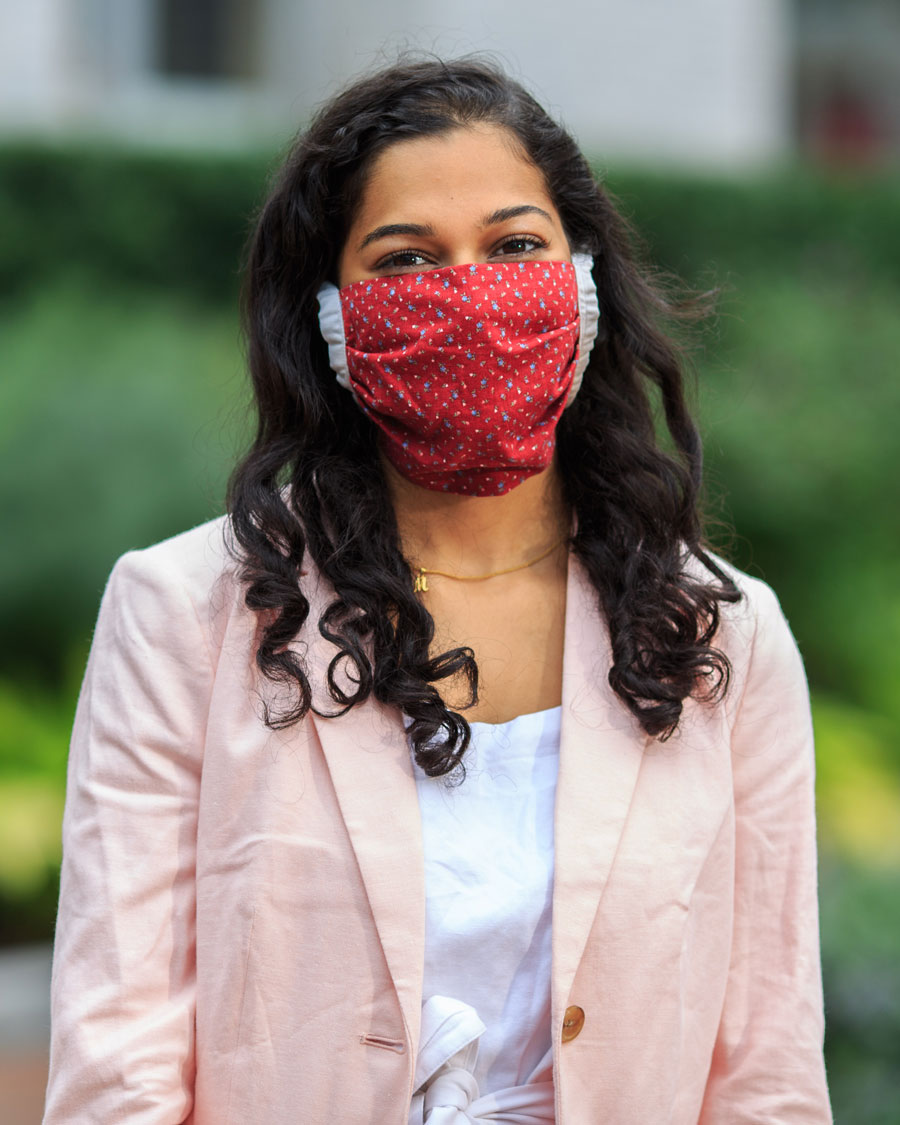 Meghna Iyer, Bouvé’22, “Improving Guardrail Damage Reporting to Promote Injury Prevention in Motor Vehicle Accidents”
Meghna Iyer, Bouvé’22, “Improving Guardrail Damage Reporting to Promote Injury Prevention in Motor Vehicle Accidents”
Mentor: Professor Alisa Lincoln, Health Sciences
Road traffic injuries are the third leading cause of death this year. Guardrails are elements of roads that promote safety, but they require a more encompassing reporting system to repair damages that accrue with subsequent crashes to function. This project will utilize key-informant interviews with experts to gain an understanding of the current reporting mechanisms and analyze crash data to determine if there are factors that correlate with reported and unreported damages in guardrails. The project seeks to create recommendations to improve the reporting mechanisms of damaged guardrails and obtain national adherence to it to ensure safety for all.
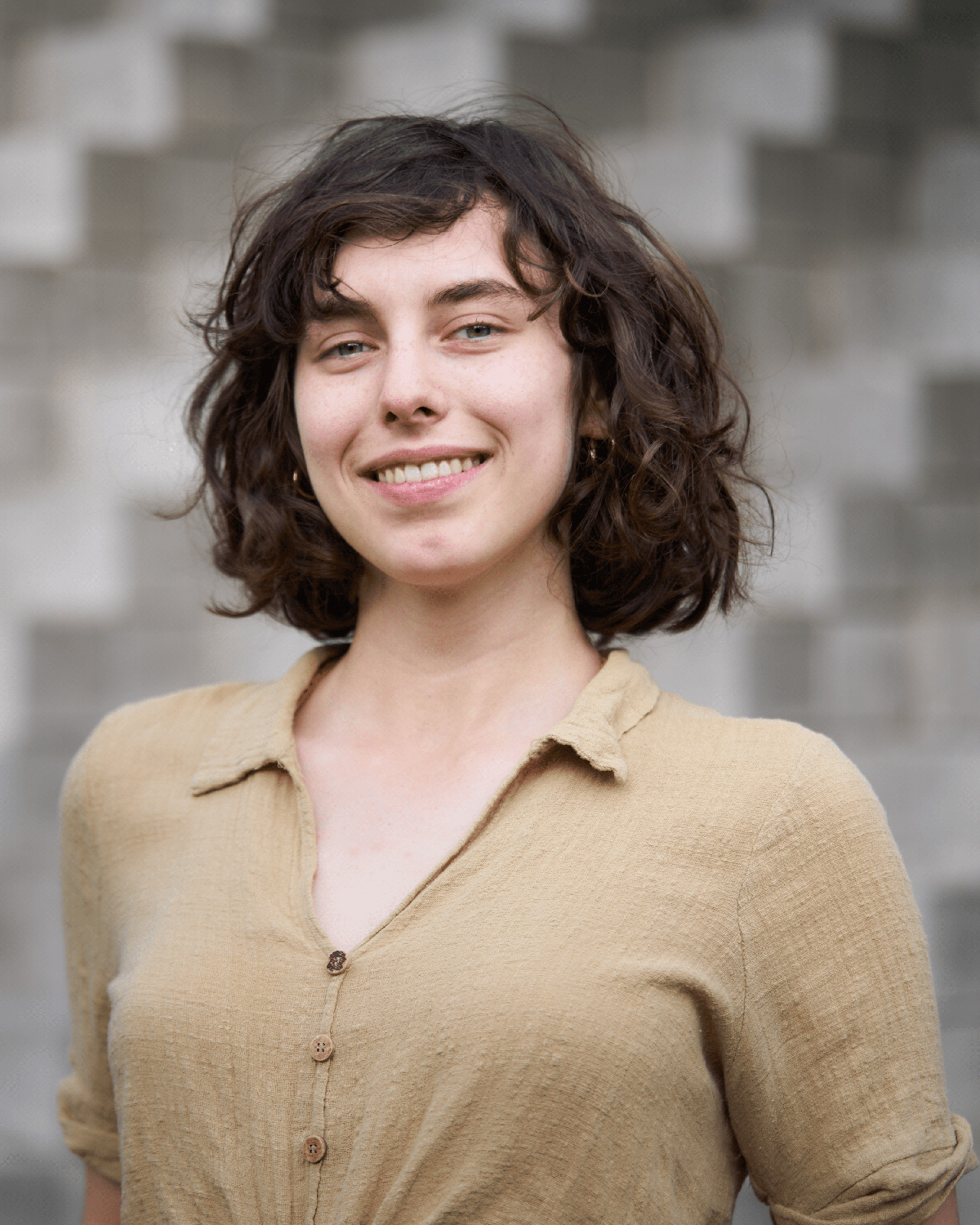 Isabel Kain, COS’21, “Characterizing Detector Performance for Exoplanet Direct Imaging with the Gemini Planet Imager”
Isabel Kain, COS’21, “Characterizing Detector Performance for Exoplanet Direct Imaging with the Gemini Planet Imager”
Mentor: Professor Toyoko Orimoto, Physics
Exoplanet science has grown rapidly, with thousands of new worlds found since the first discovery in 1995. Recently formed exoplanets are a rare case where these planets can be observed directly: still warm from the process of formation, young planets glow brightly at infrared wavelengths. Direct detection affords a rare opportunity to measure the atmospheric compositions and luminosities of these planets, and can reveal clues to their formation history. I am working on noise characterization for the Gemini Planet Imager (GPI), which will facilitate greater sensitivity for planets orbiting faint stars and help us understand mechanisms of planet formation.
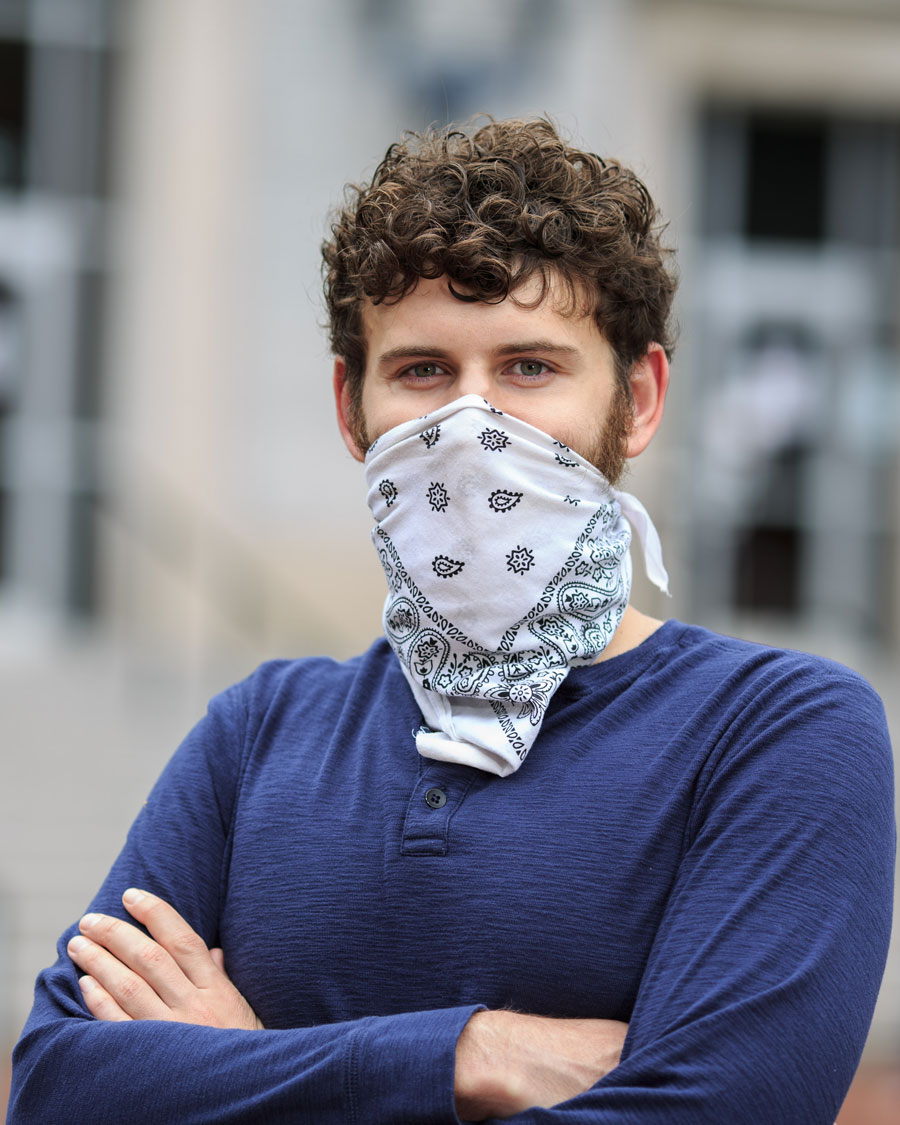 Kaleb Kelley, COS’21, “The Role of Corticogeniculate Feedback in dLGN Experience-Dependent Plasticity”
Kaleb Kelley, COS’21, “The Role of Corticogeniculate Feedback in dLGN Experience-Dependent Plasticity”
Mentor: Professor Craig Ferris, Psychology
My project aims to manipulate the mouse visual system through a combination of selective environmental rearing and DREADD viral injections in order to examine the role of corticogeniculate feedback in dLGN feature detection plasticity. I will use in vivo extracellular electrophysiological recordings to assess how silencing corticogeniculate feedback may affect changes in feature selectivity driven by experience-dependent plasticity. This work will shed light on the importance of cortical feedback for maintaining pre-existing synaptic changes. The anticipated outcome is to publish this data in a peer-reviewed journal or to present it at neuroscience conference.
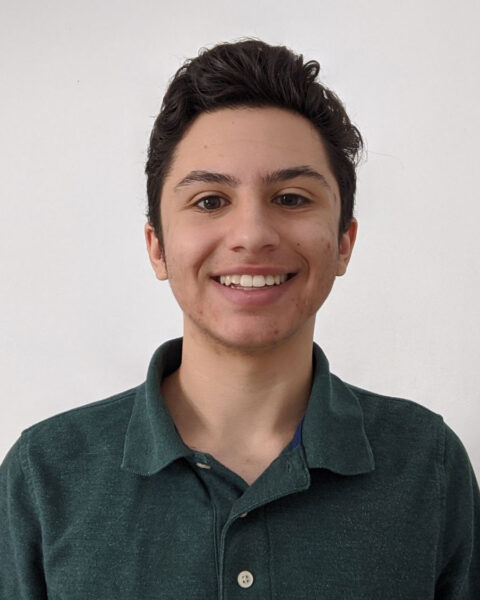
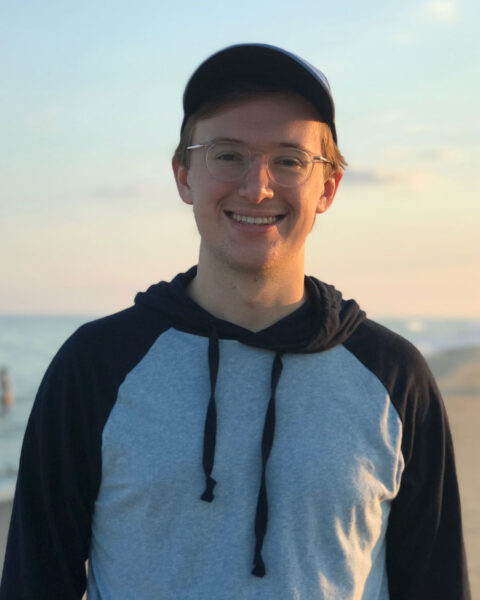
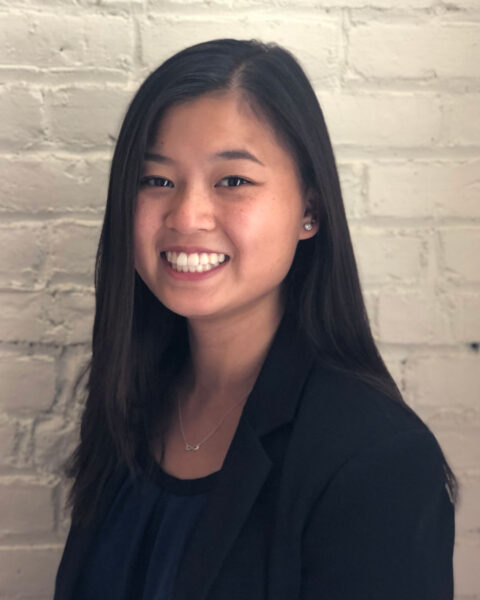 Andrew Lopreiato, COE’24; Kyle Fuller; Caitlynn Tov; “ECG Electrodes for St. Paul’s Hospital”
Andrew Lopreiato, COE’24; Kyle Fuller; Caitlynn Tov; “ECG Electrodes for St. Paul’s Hospital”
Mentor: Professor Joshua Hertz, Bioengineering
Three members of Northeastern Innovators for Global Health (NU-IGH) will be designing low-cost ECG electrodes that can be manufactured locally in Ethiopia. When IGH visited St. Paul’s Hospital in Addis Ababa last spring, we learned that clinicians were taping leads directly to skin, resulting in poor signal, as a result of an ECG electrode shortage. Therefore, we will identify possible designs, build prototypes, and test electrical functioning. We plan to ultimately create a final design to share with the technicians and clinicians at St. Paul’s Hospital during our next trip to Ethiopia.
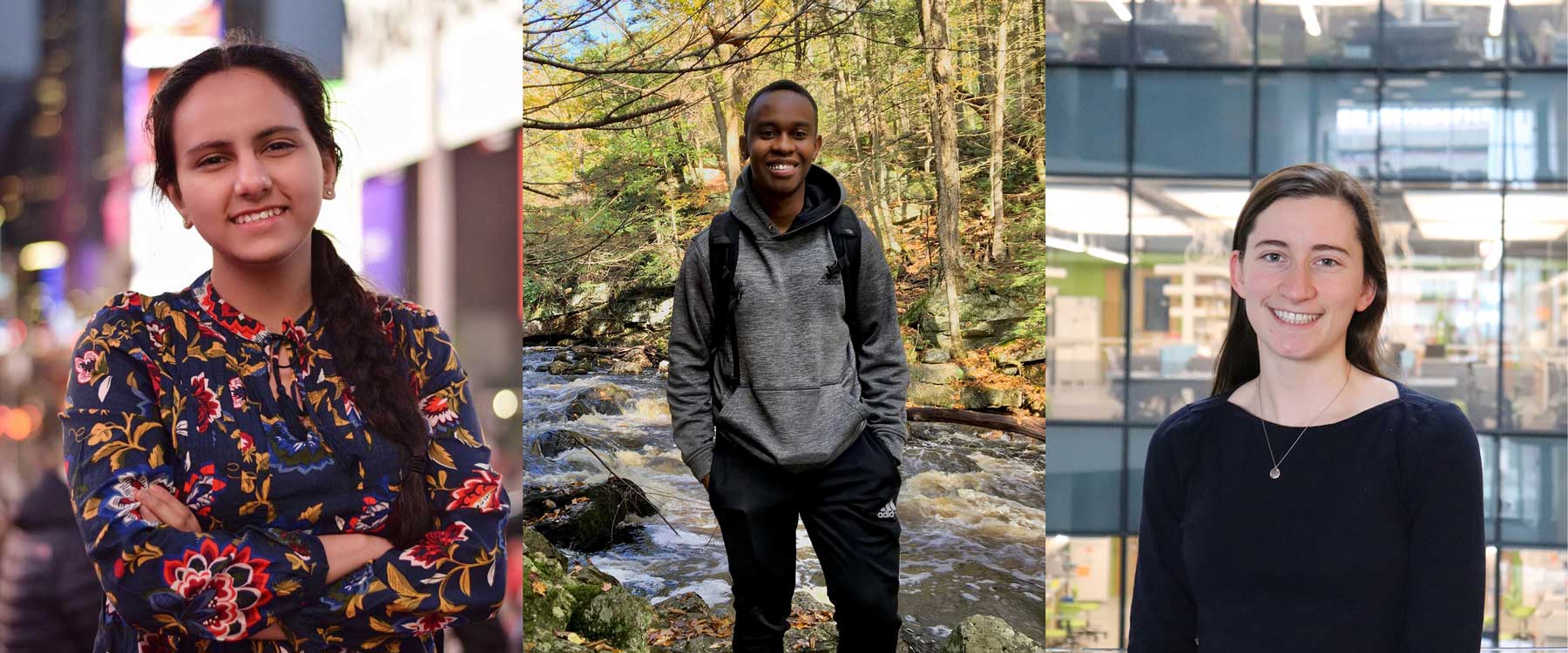 John Mwangi, COS’21; Selina Banerjee; Theodora Stanley, “The Regeneration of Heparan Sulfate and Hyaluronic Acid Components of the Endothelial Glycocalyx”
John Mwangi, COS’21; Selina Banerjee; Theodora Stanley, “The Regeneration of Heparan Sulfate and Hyaluronic Acid Components of the Endothelial Glycocalyx”
Mentor: Professor Eno Ebong, Chemical Engineering
Atherosclerosis and associated cardiovascular disease affect over 126 million adults and cost around $214 billion in the US alone, despite significant advances in disease prevention and treatment. Current therapeutic approaches mainly target advanced stages of the disease. The goal of this research is to improve disease outcomes via early disease intervention by studying the endothelial glycocalyx, a sugar-rich lining of the blood vessel wall that protects vascular health and is damaged in early atherosclerosis. This project is a continuation of our study on the regeneration of the heparan sulfate and hyaluronic acid components of the endothelial glycocalyx.
 Christopher Owen, COE’22, “Stability Testing for an Energy Dense Organic Redox-Active Ionic Liquid Flow Battery”
Christopher Owen, COE’22, “Stability Testing for an Energy Dense Organic Redox-Active Ionic Liquid Flow Battery”
Mentor: Professor Joshua Gallaway, Chemical Engineering
In the 21st century, efficient energy storage is absolutely critical for enabling a fossil-fuel free energy grid. Flow batteries offer a scalable and low-cost energy storage solution by storing charged chemical species in large tanks of electrolyte. These active species undergo specific electron transfer reactions that provide energy. As such, energy capacity is severely restricted by solubility of active materials. We propose a novel quinone-based ionic liquid that achieves 100% solubility by acting as a molten salt at room temperature. Various electrochemical and molecular techniques will be utilized to characterize the system and achieve stable electrochemical cycling for scholarly publication.
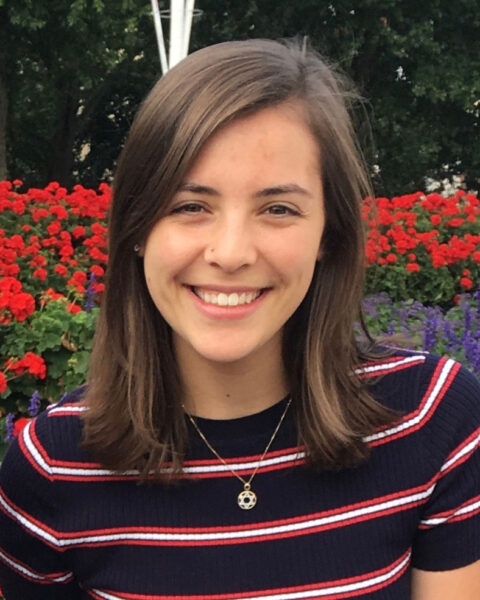 Morgan Pfaff, COS’21, “Discontinuous, Perpendicularly-Aligned Fiber Reinforcement as a Toughening Mechanism for Composite Materials”
Morgan Pfaff, COS’21, “Discontinuous, Perpendicularly-Aligned Fiber Reinforcement as a Toughening Mechanism for Composite Materials”
Mentor: Professor Randall Erb, Mechanical & Industrial Engineering
The materials science community is relentlessly searching for ways to create tougher materials for applications in medicine, construction, and aerospace engineering. Fiber-reinforced polymer (FRP) materials are one such avenue researchers have pursued to make stronger, more flexible materials. After the discovery of a potential new toughening mechanism for FRPs, I propose a computational investigation to simulate these materials at the micro-scale and define the physical principles driving this phenomenon. By defining this mechanism, I intend to apply it to my own composite systems and make it available for other scientists to utilize by sharing my findings at conferences and publications.
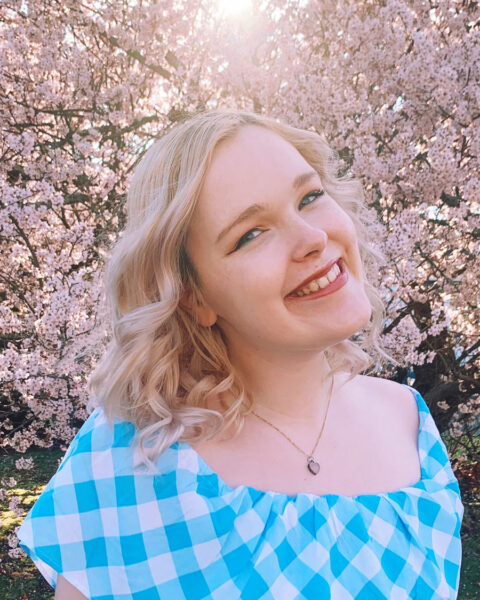 Meryl Prendergast, CAMD’22, “Chaos Creators: A Portrait of Youth Environmental Advocates Sparking Change”
Meryl Prendergast, CAMD’22, “Chaos Creators: A Portrait of Youth Environmental Advocates Sparking Change”
Mentor: Professor Frances McSherry, Theatre
This fall, I will be driving across the country taking photographs of America’s diverse landscape, showcasing both the beauty of our country and the ways in which mankind has devastated it. I will also be interviewing youth climate activists digitally from all over the country, collecting their stories. Using insights from my interviews and narrative photography, I will design a socially driven clothing line catered towards youth, empowering them to voice the climate change movement without saying a word.
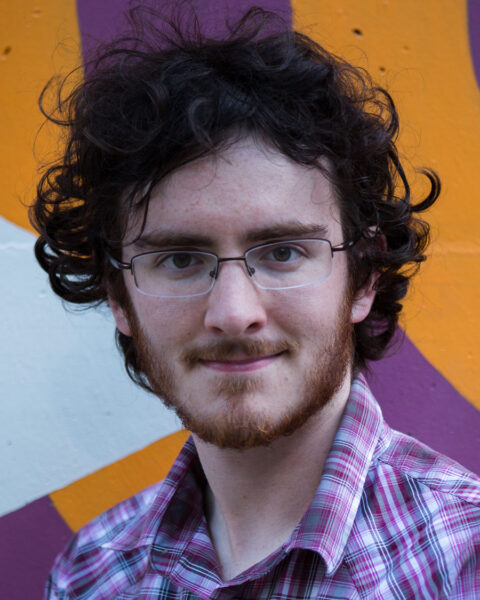
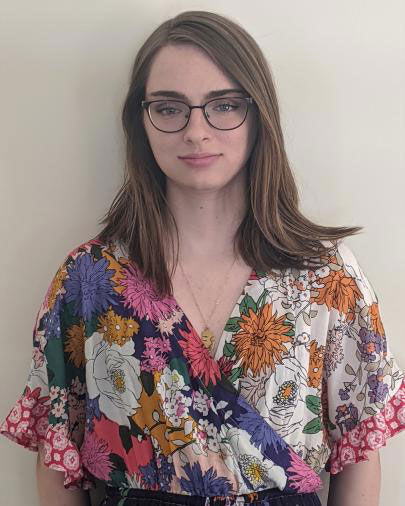
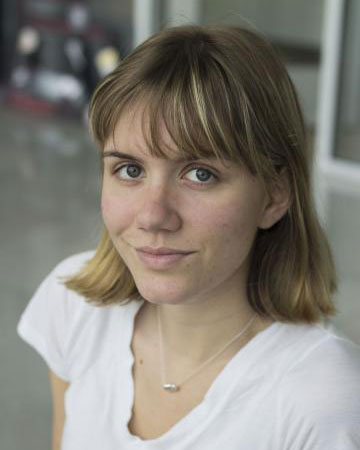 Kieran Sheldon, CAMD’22; Kathryn Minor; Beatrice Tolan; “First Circle”
Kieran Sheldon, CAMD’22; Kathryn Minor; Beatrice Tolan; “First Circle”
Mentor: Professor Brandon Sichling, Art and Design
First Circle is a cooperative card game that incorporates elements from alternate-reality games to explore the limits of storytelling in analog games. 2-4 players work together to brave the dreamlike caverns of Hell in a narrative that blurs the line between player and character, and between the game world and the real one. Through the method of iterative design, this project will produce a polished, play-tested, illustrated game suitable for presentation at conventions and other forums.
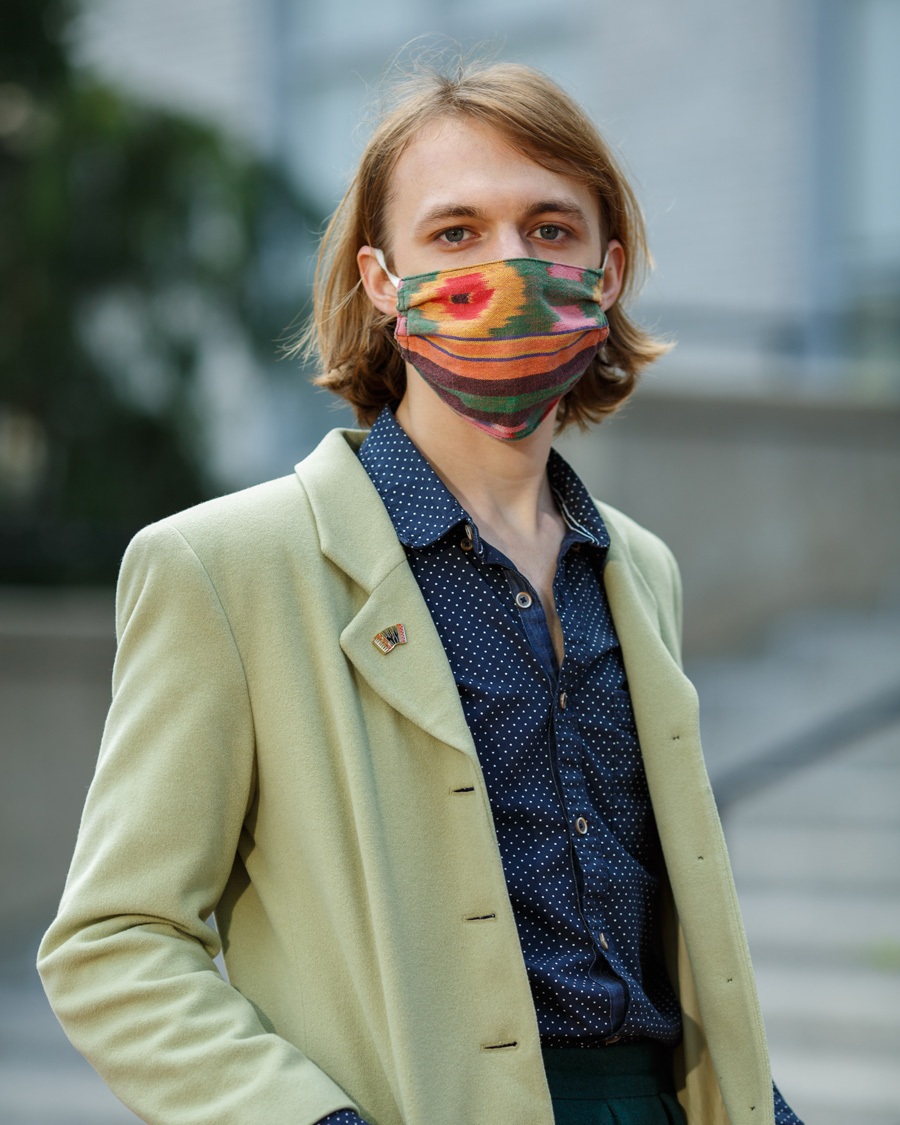 Taylor Snead, Khoury’21, “Interactive Cherokee Etymological Dictionary”
Taylor Snead, Khoury’21, “Interactive Cherokee Etymological Dictionary”
Mentor: Professor Ellen Cushman, English
This project is an online etymological dictionary for the Cherokee language that gives speakers and linguists historical context for each word. There are currently no etymological resources available for Cherokee, yet the need is recognized by both linguists and learners. The dictionary I intend to produce will connect with the existing DAILP web interface which provides rich views of historical Cherokee documents. I will source further language data from DAILP’s collection of manuscripts and dictionaries spanning a century. This tool provides advanced learners an understanding of where derived words come from, and gives modern context to culturally relevant documents.
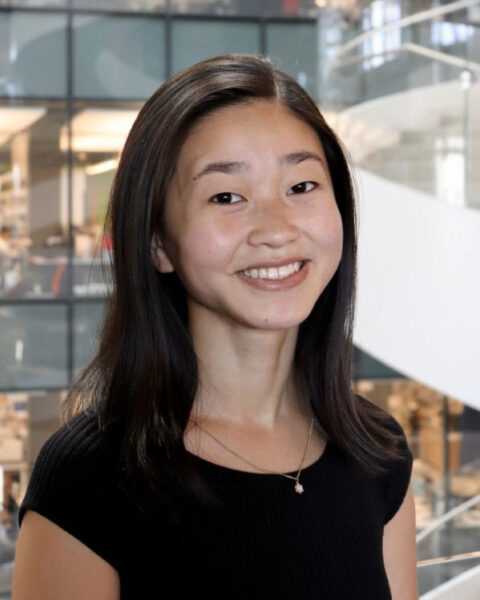 Joyce Song, COE’22, “TEER Measurements in GI Tract Organ-on-Chips”
Joyce Song, COE’22, “TEER Measurements in GI Tract Organ-on-Chips”
Mentor: Professor Abigail Koppes, Chemical Engineering
The purpose of this project is to integrate the ability for transepithelial electrical resistance (TEER) measurements on gastrointenstinal tract organ-on-chip models. Measuring the electrical resistance across the cell layer on an organ-on-chip via electrodes offers an important quantitative analysis of the integrity of the intercellular junctions. This project aims to conduct biocompatibility testing for multiple electrode materials, design and build electrode layers for organs-on-chips, and measure and analyze TEER results. Through the completion of this project, I aim to produce a successful GI tract organ-on-chip integrated with TEER capabilities and will share my results via a paper and/or at RISE.
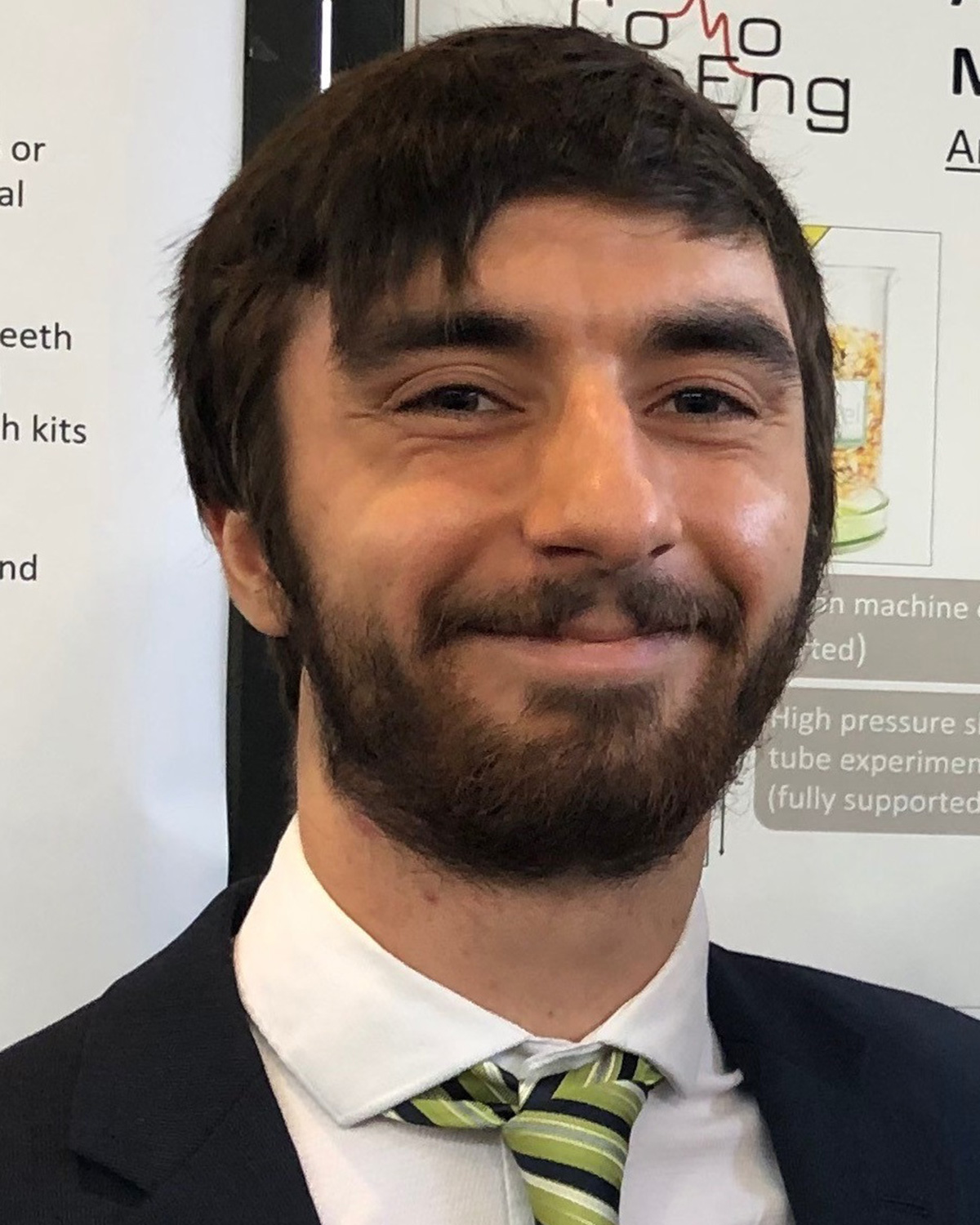 Anthony Stohr, COE’21, “Engineering Oxygen Tolerance in C. Ljungdahlii Through a Symbiotic Co-Culture”
Anthony Stohr, COE’21, “Engineering Oxygen Tolerance in C. Ljungdahlii Through a Symbiotic Co-Culture”
Mentor: Professor Benjamin Woolston, Chemical Engineering
Industrial carbon emissions are a major factor in climate change. Acetogens, an anaerobic group of bacteria that can ferment gaseous carbon into useful chemicals and biofuels, present themselves as a biological solution to this problem. However, commercial success of these microbes has been hampered by the need for expensive gas pre-treatment to reduce the oxygen concentration, which is toxic to these microbes. This project seeks to engineer a symbiotic continuous co-culture system by partnering C. ljungdahlii, an acetogen, with an aerobic partner microbe to eliminate the need for gas pre-treatment while simultaneously improving the yield of useful products.
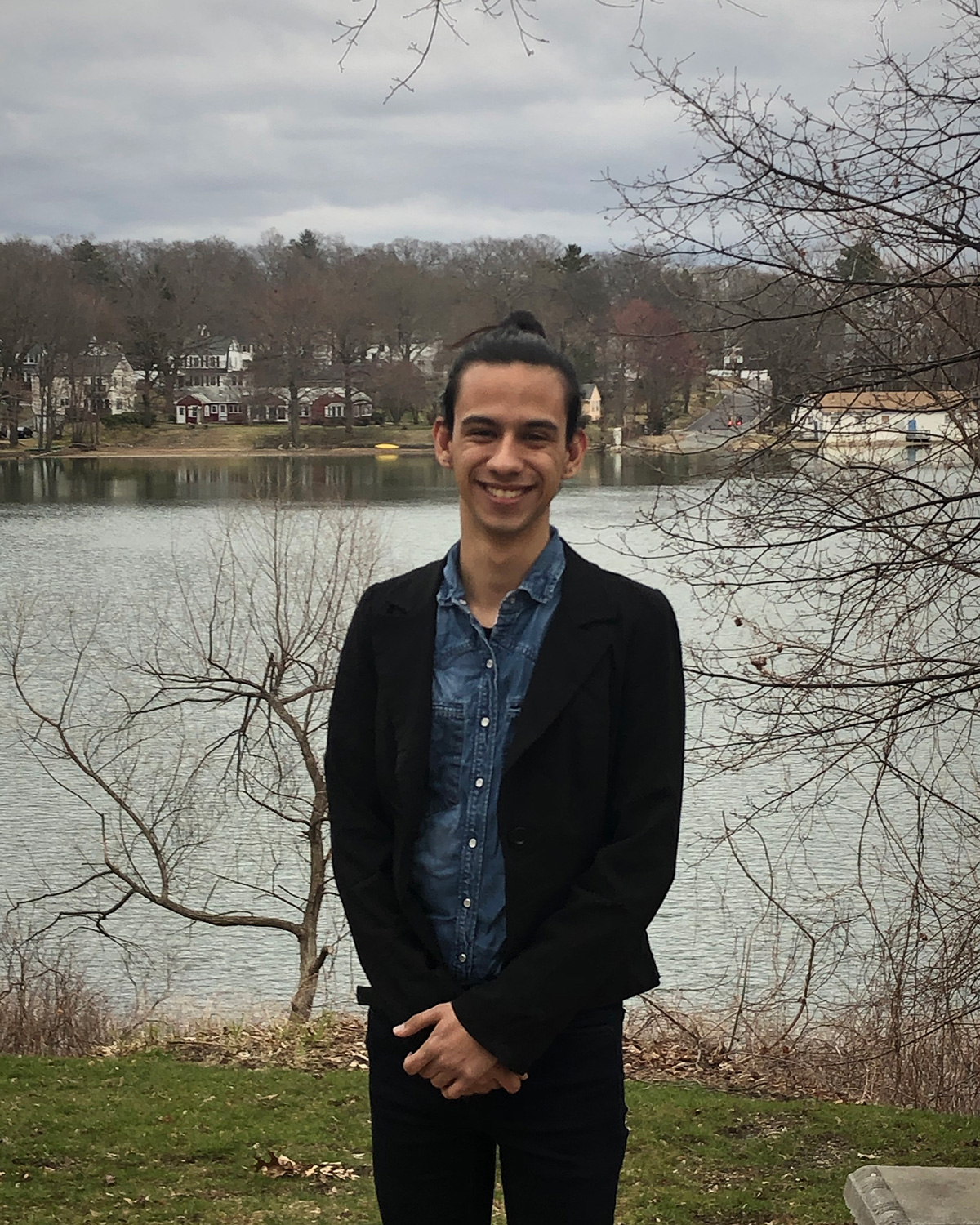 Naomi Trevino, COS’23, “Socially-Oriented Linguistic Database Design for Cherokee”
Naomi Trevino, COS’23, “Socially-Oriented Linguistic Database Design for Cherokee”
Mentor: Professor Ellen Cushman, English
Cherokee language description and documentation often diverge from the interests of the Cherokee community. As this continues, and as English contines to surpass Cherokee as the de-facto language in Cherokee life, we lose the rich knowledge and history of the Cherokee people that is encoded in the Cherokee language. In this project, I will create a linguistic database allowing Cherokee tribe members to modify and contribute to a vast repository of Cherokee stories, day-to-day documents and word-level data. Through this work, I hope to create processes of language documentation which directly support the needs of the Cherokee people.
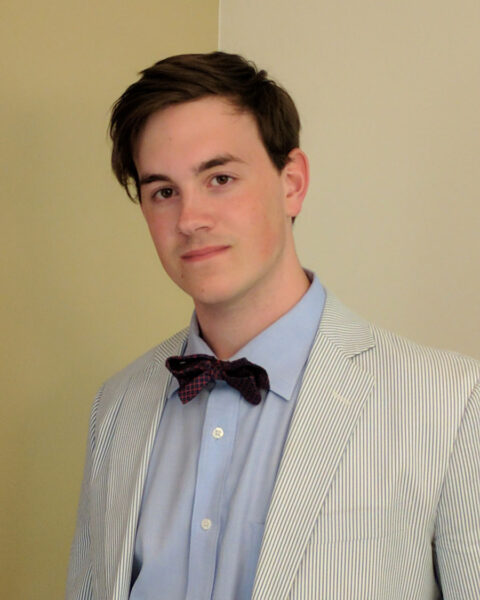 Grant Tucker, COS’22, “Exploration of RIC-3’s N-Terminus”
Grant Tucker, COS’22, “Exploration of RIC-3’s N-Terminus”
Mentor: Professor Ralph Loring, Pharmaceutical Science
The chaperone protein Resistance to Inhibitors of Cholesterinase-3 (RIC-3) has two models of where the N-Terminus lies in the endoplasmic reticulum (ER). One model proposes the it lays in the membrane, while the other proposes it is located outside the ER. Using biotin labelling we hope to chemically tag the N-Terminus of RIC-3 and analyze its location using microscopy and staining. Determining the location will give insight into the structure of RIC-3 and thus clues to how it functions. We anticipate results indicating location in the membrane. We plan to share results at RISE and in publications.
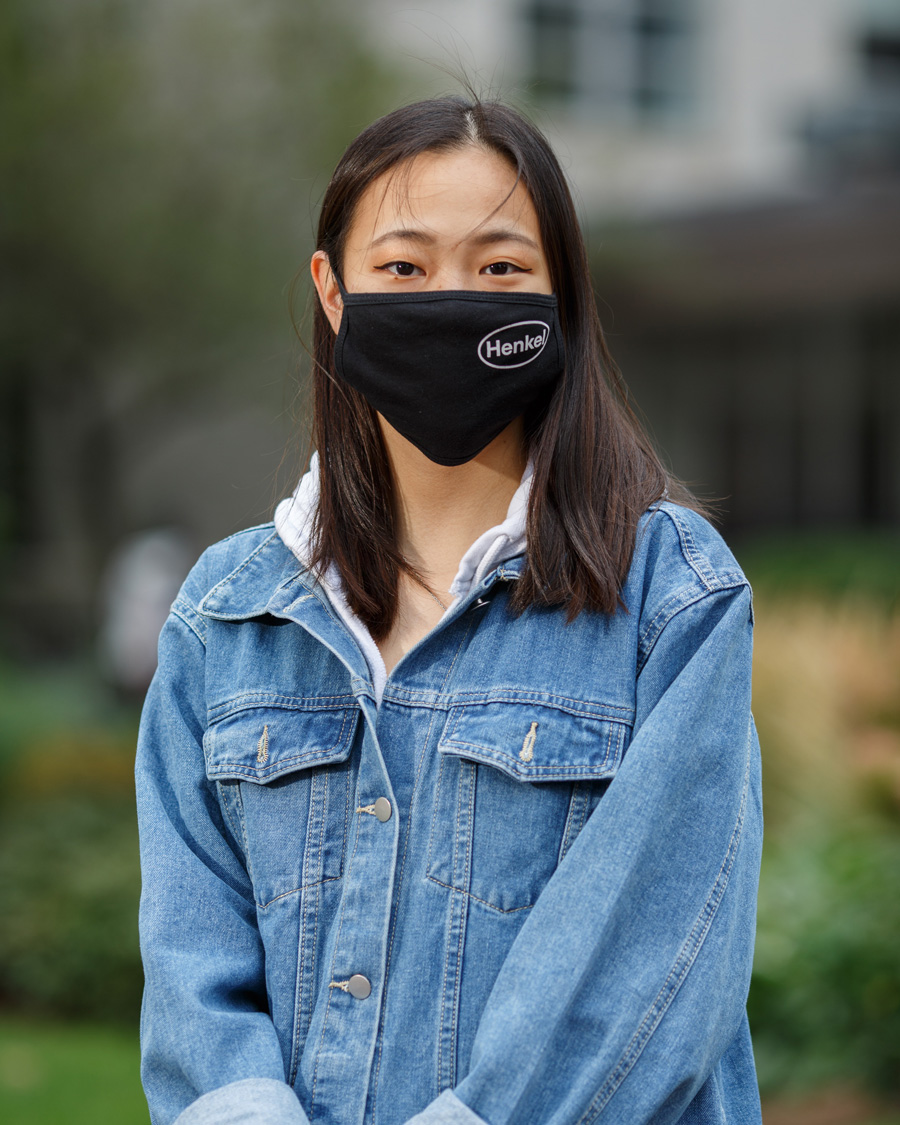 Vivian Zhang, COE’21, “Game Theory Modeling of Bacterial and Fungal Interactions in a Multi-Species Biofilms and Subsequent Resistance to Antibiotics and Antifungals”
Vivian Zhang, COE’21, “Game Theory Modeling of Bacterial and Fungal Interactions in a Multi-Species Biofilms and Subsequent Resistance to Antibiotics and Antifungals”
Mentor: Professor Akhenaton-Andrew Jones, Chemical Engineering
Many bacteria have developed resistance against antibiotics, a major reason being their ability to form a biofilm, a community of bacteria surrounded by extracellular polymeric matrices attached to each other or surfaces. The project scope is to create a two-dimensional, digital simulation platform based on game theory cooperation principles focusing on a biofilm consisting of a bacterial and a fungi population in response to antibiotic and antifungal treatments. The model hopes to expand research on antibiotic resistance in bacteria, especially in environments mimicking what occurs in real-life applications, while possibly providing more information on the complex interactions between competing species.
